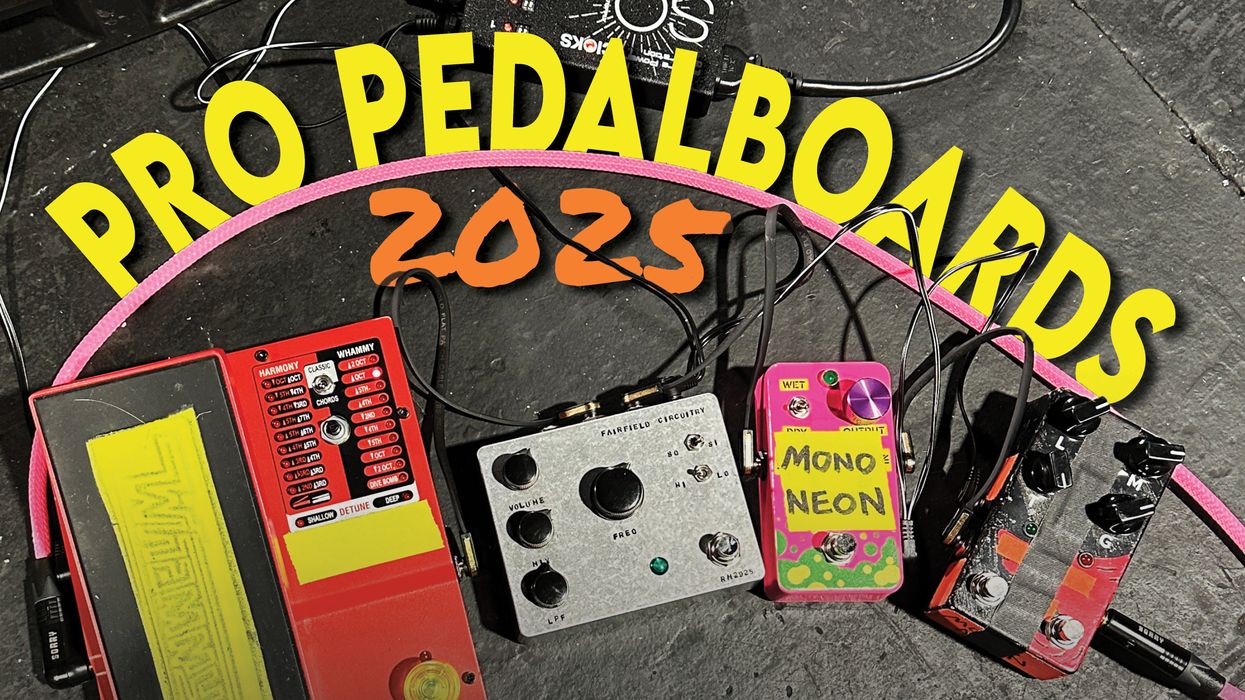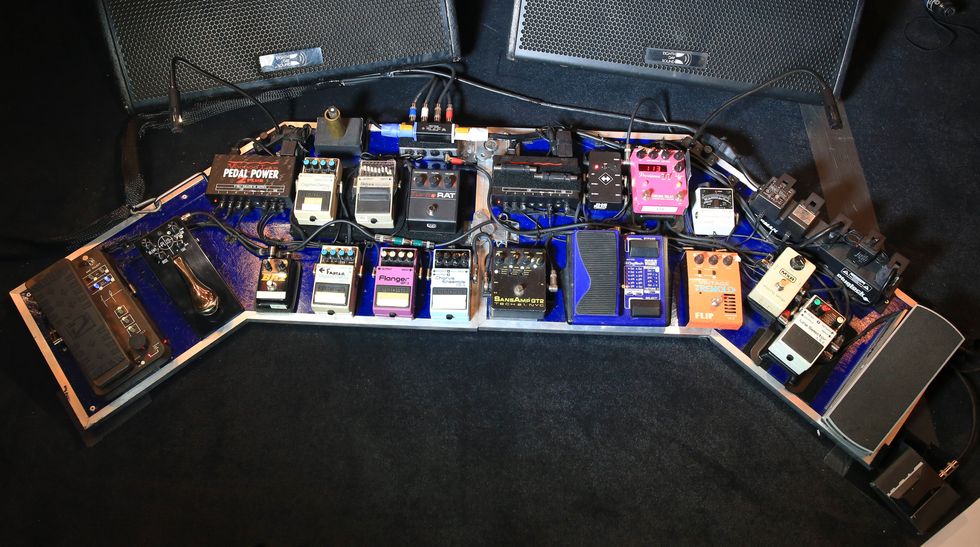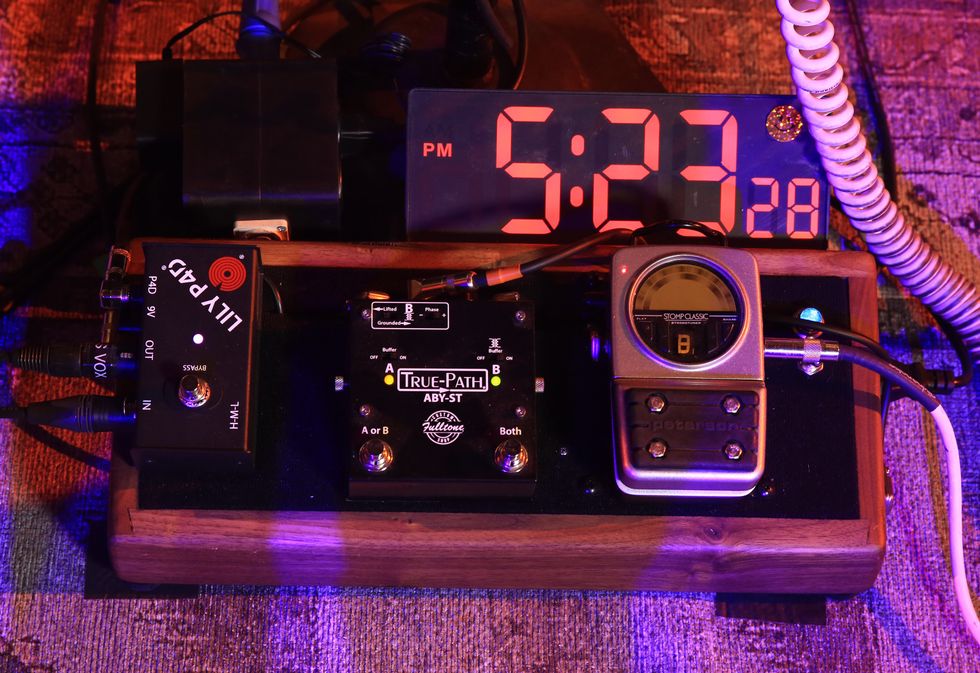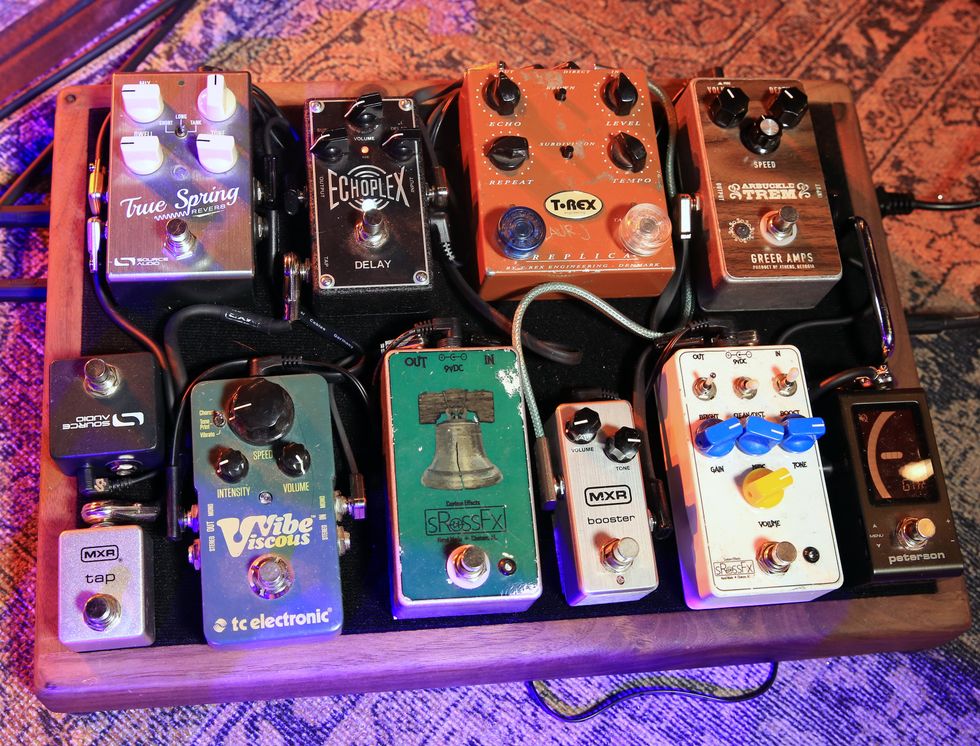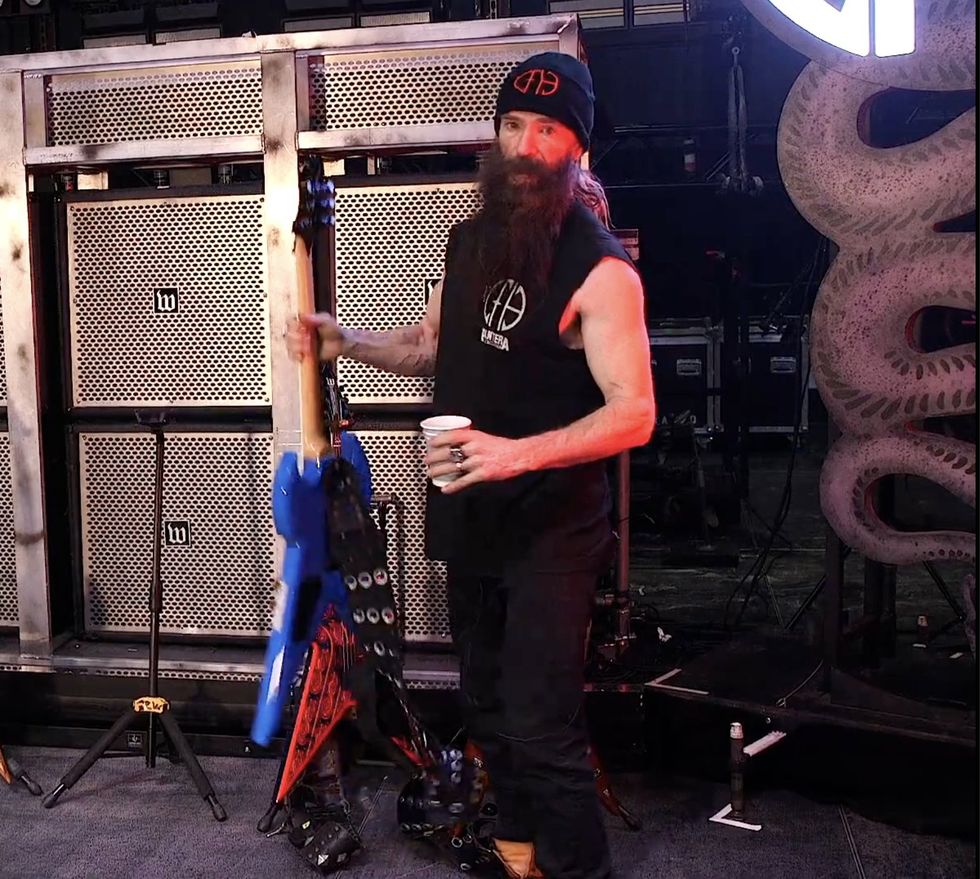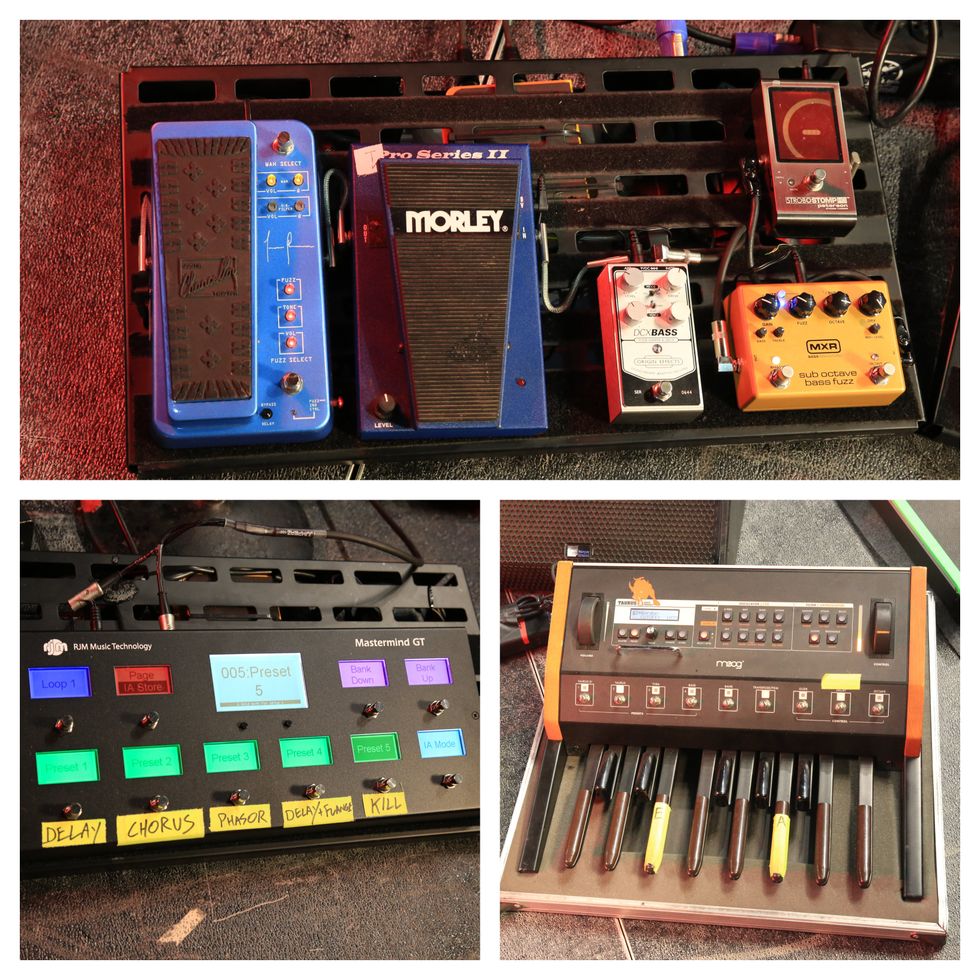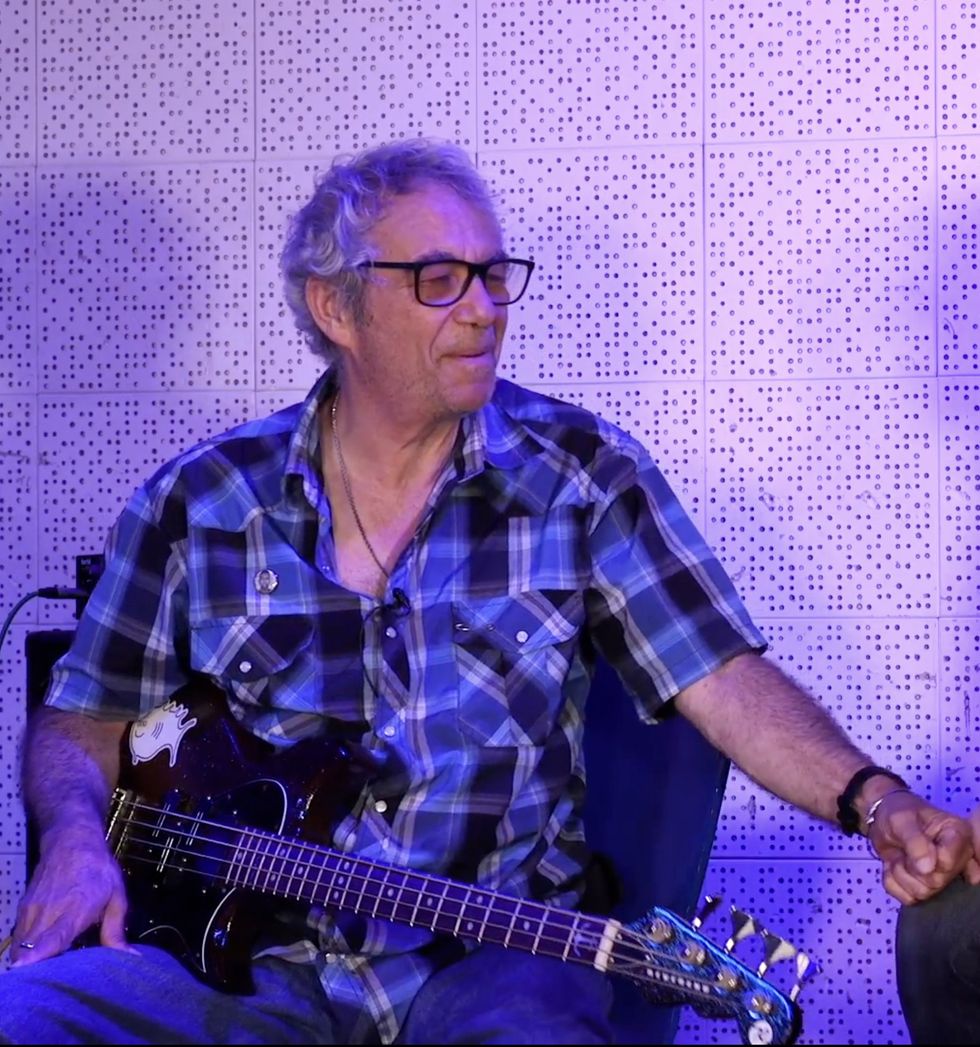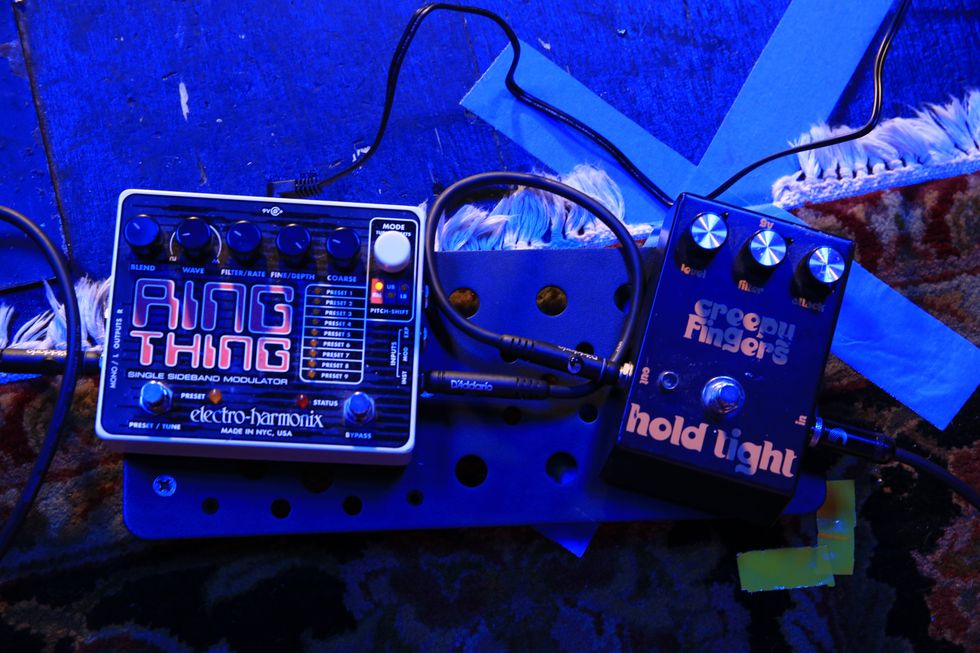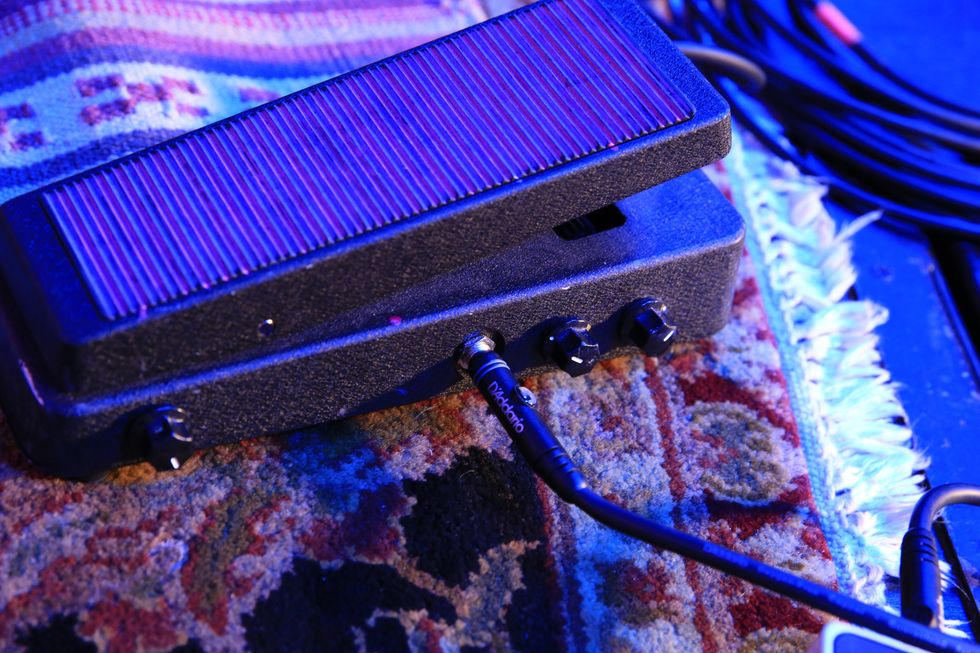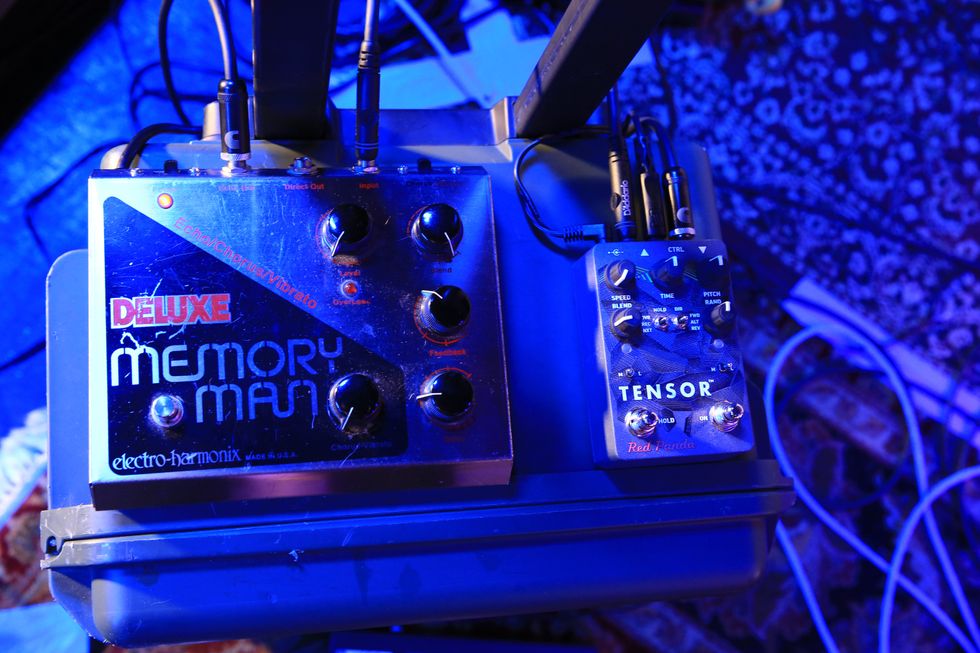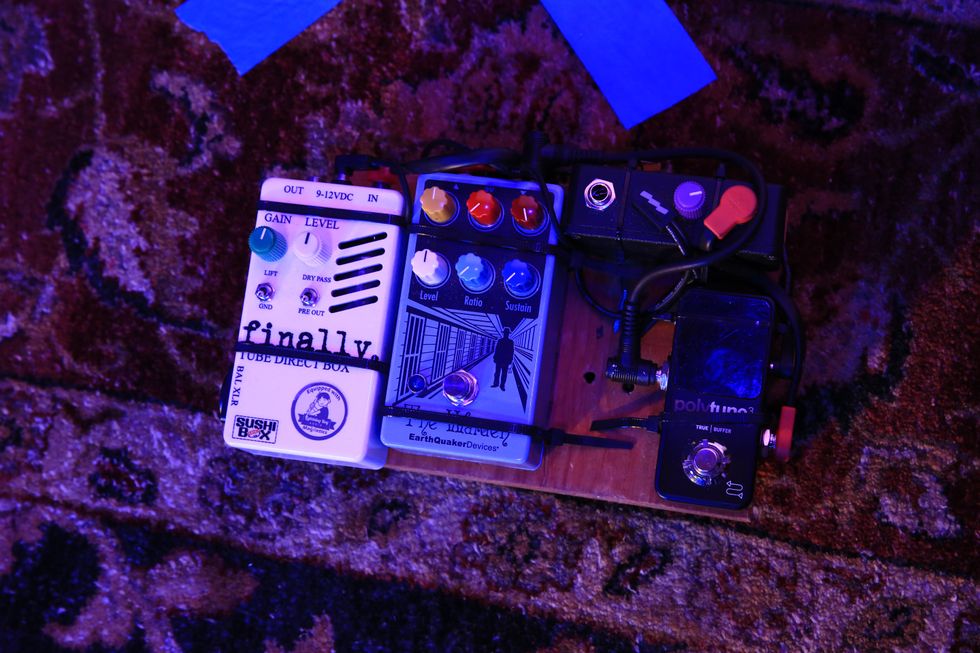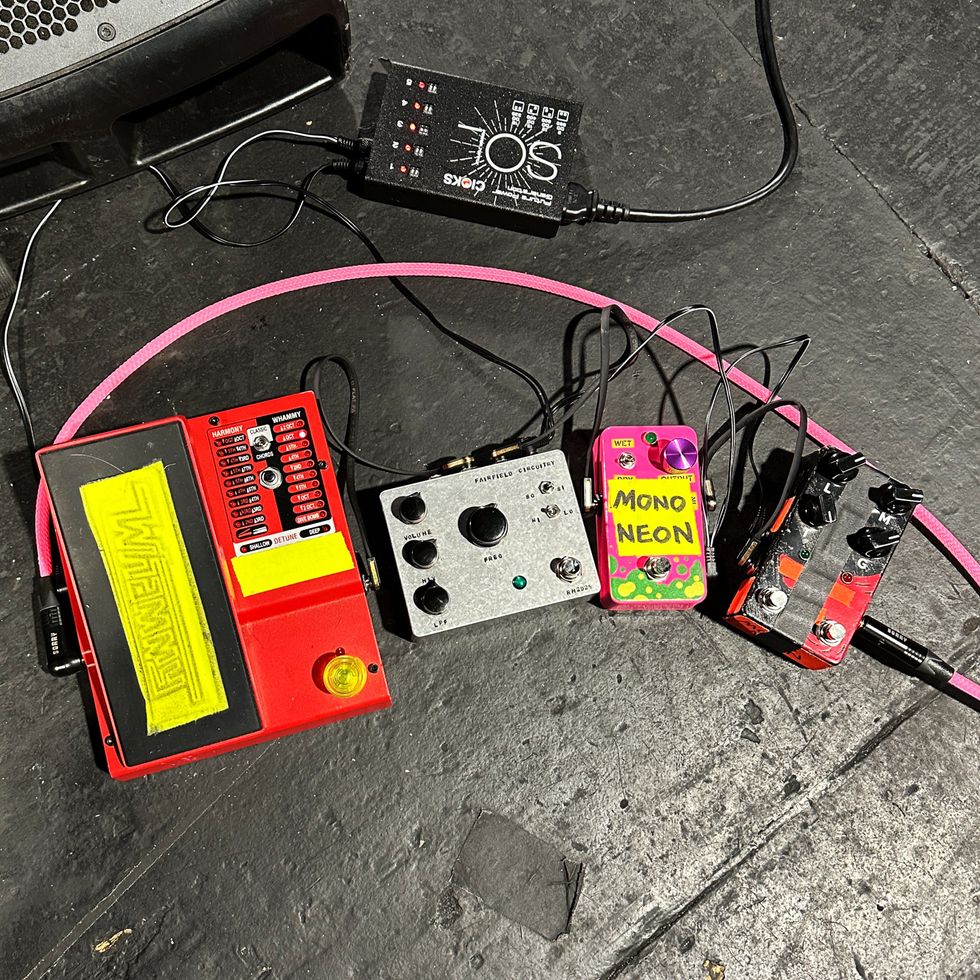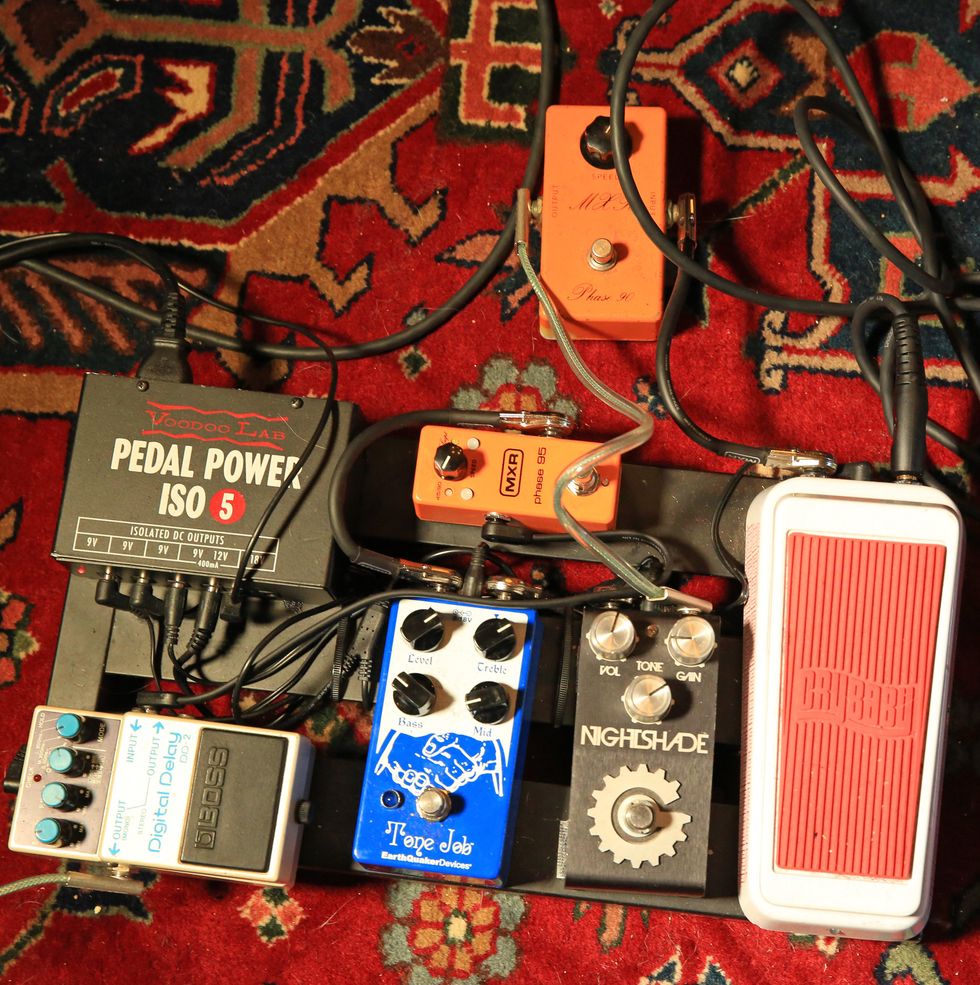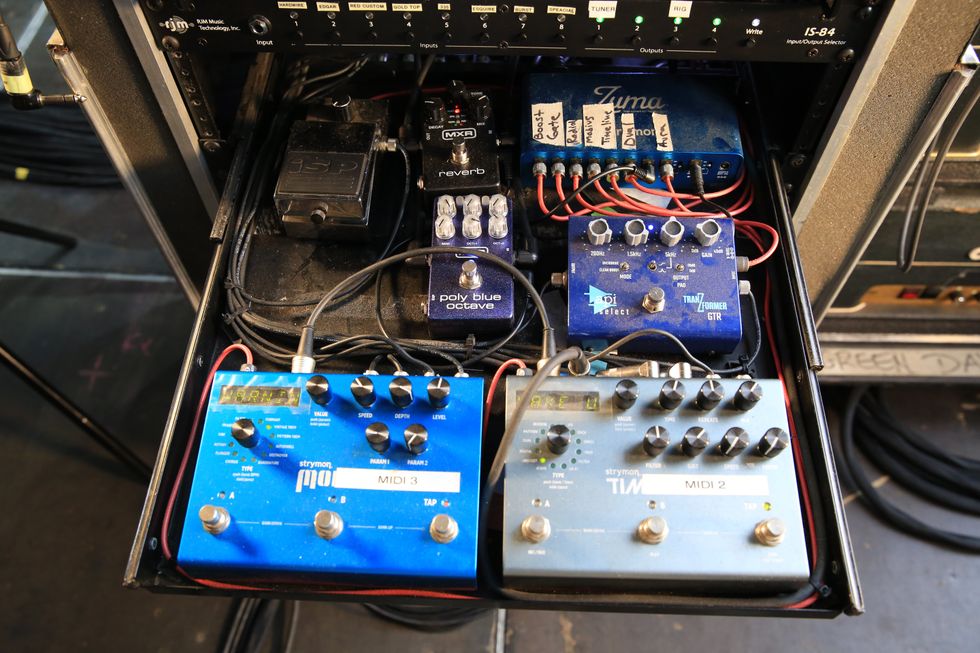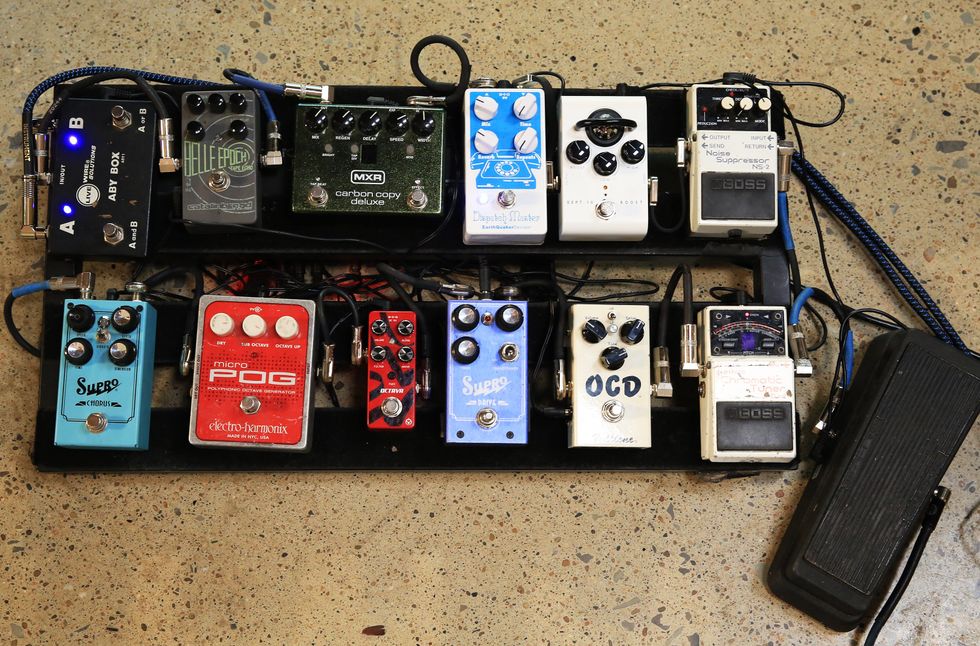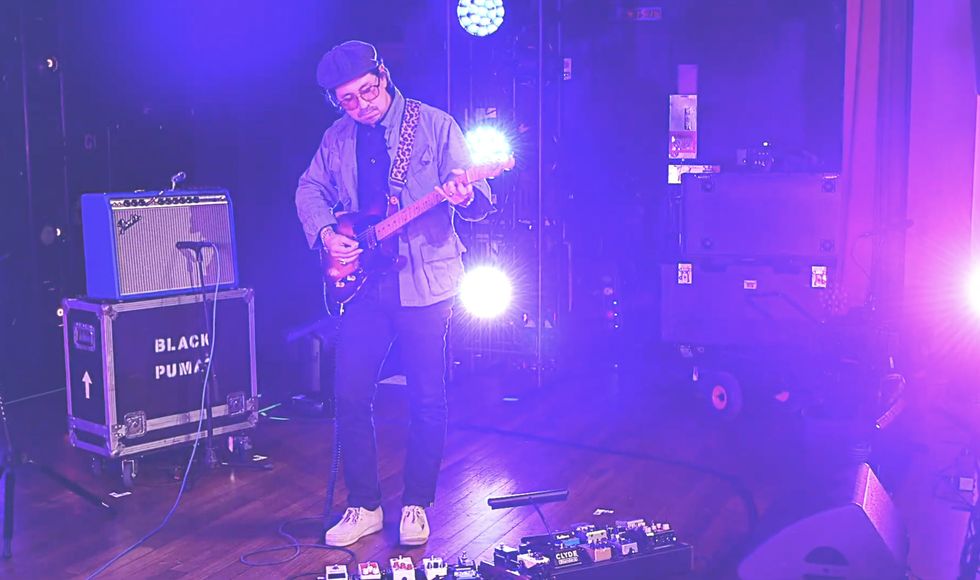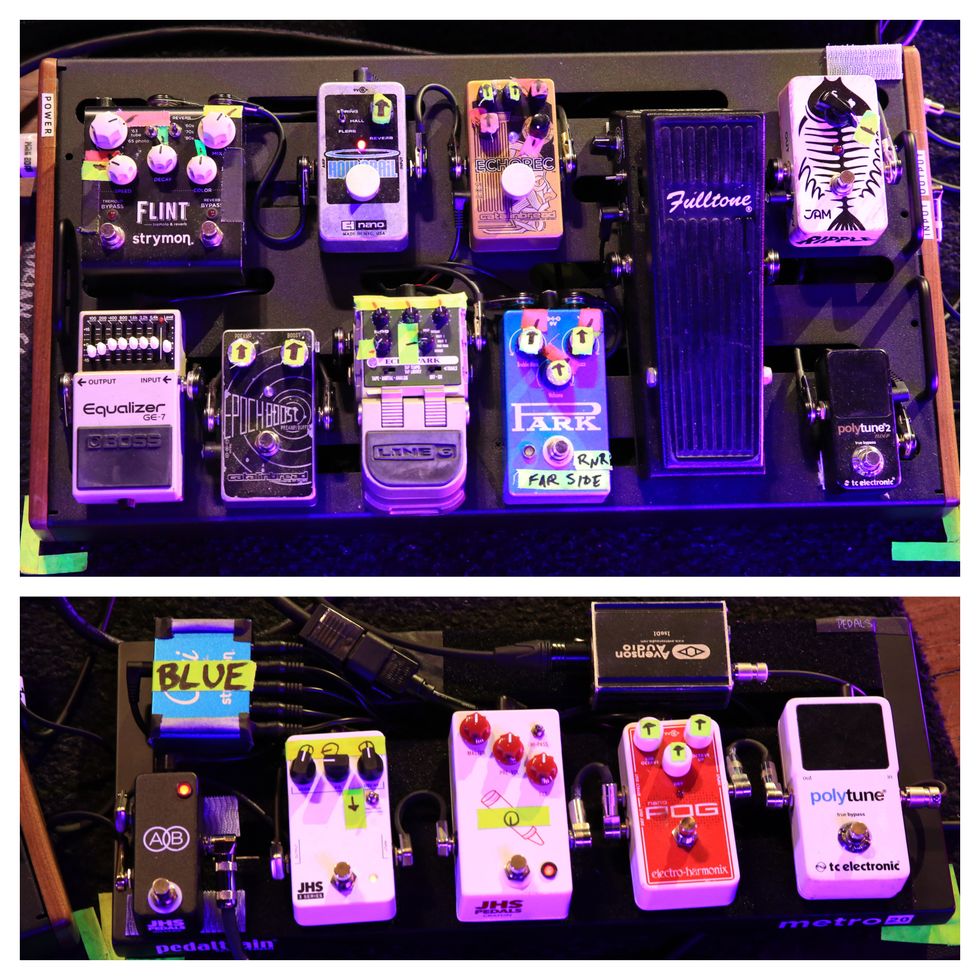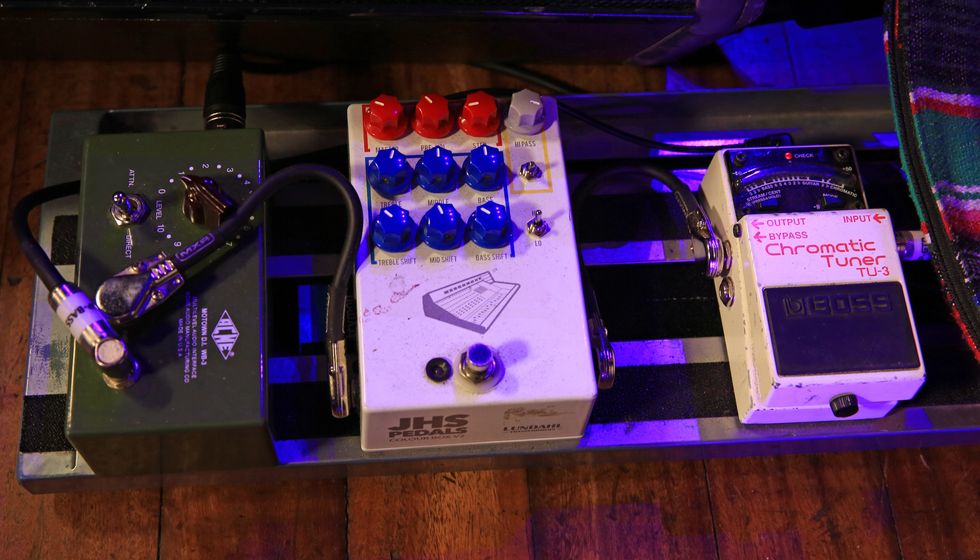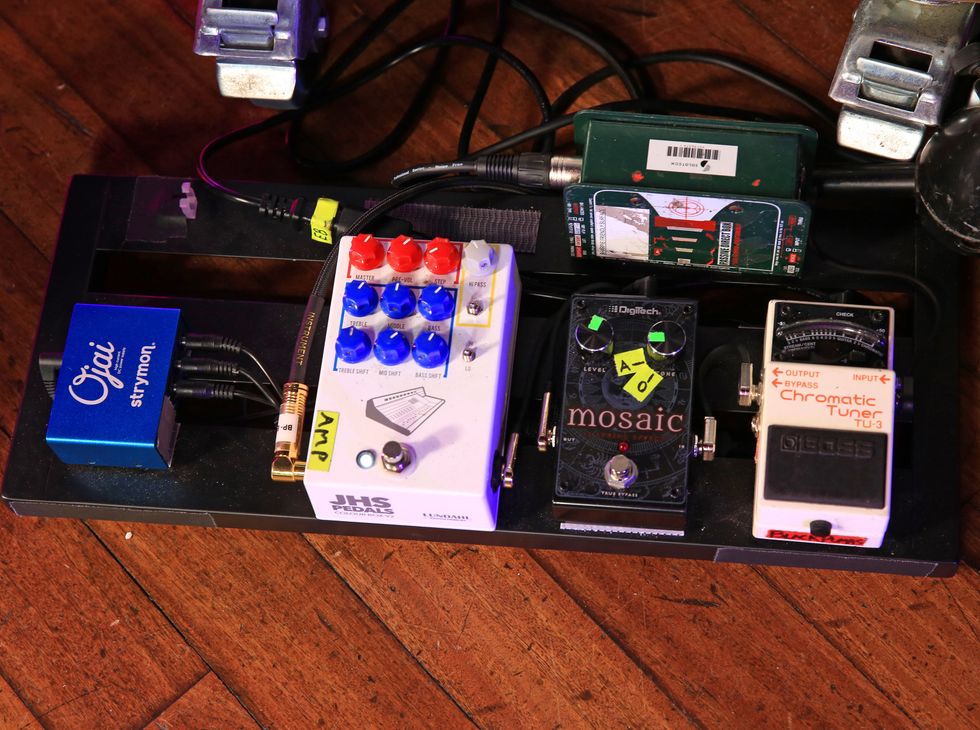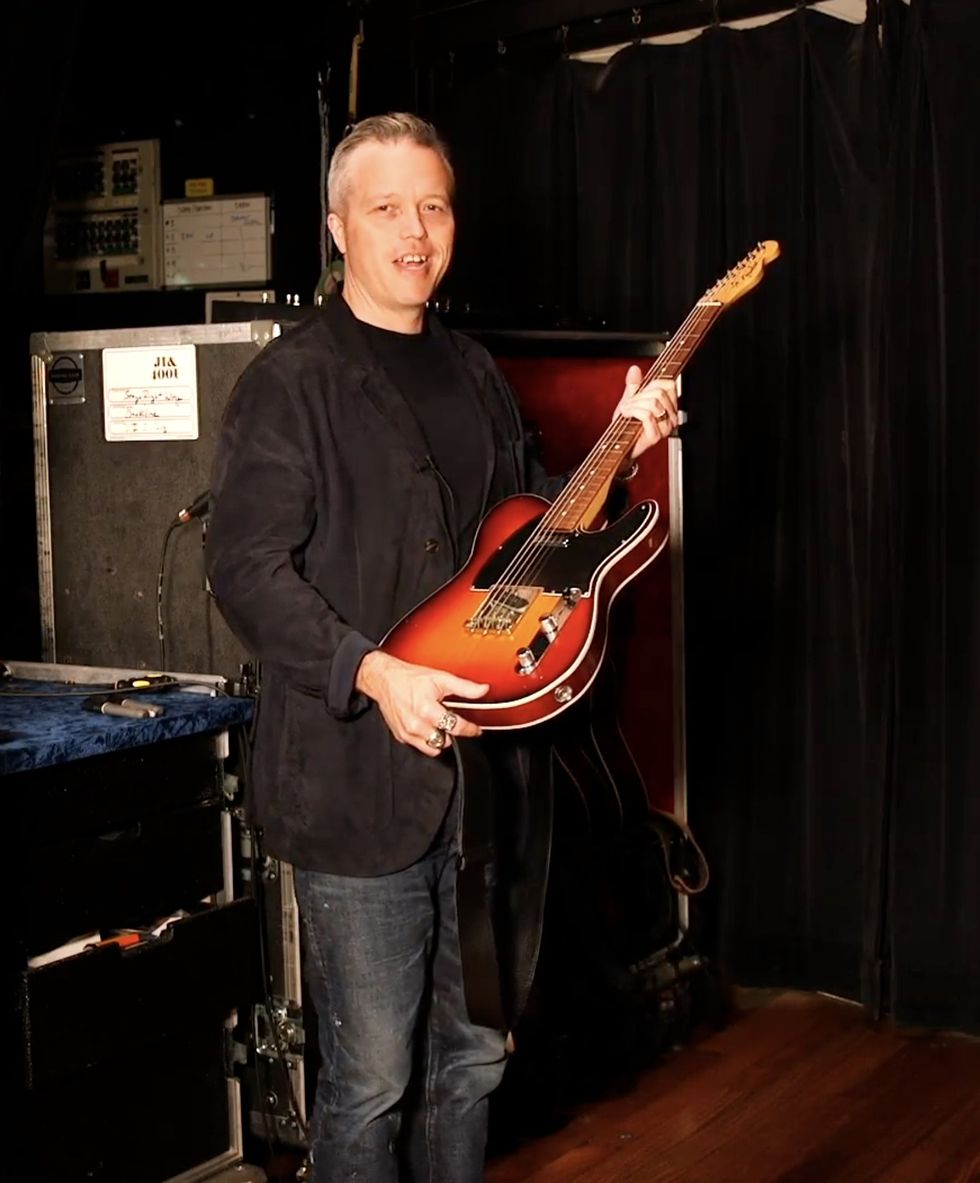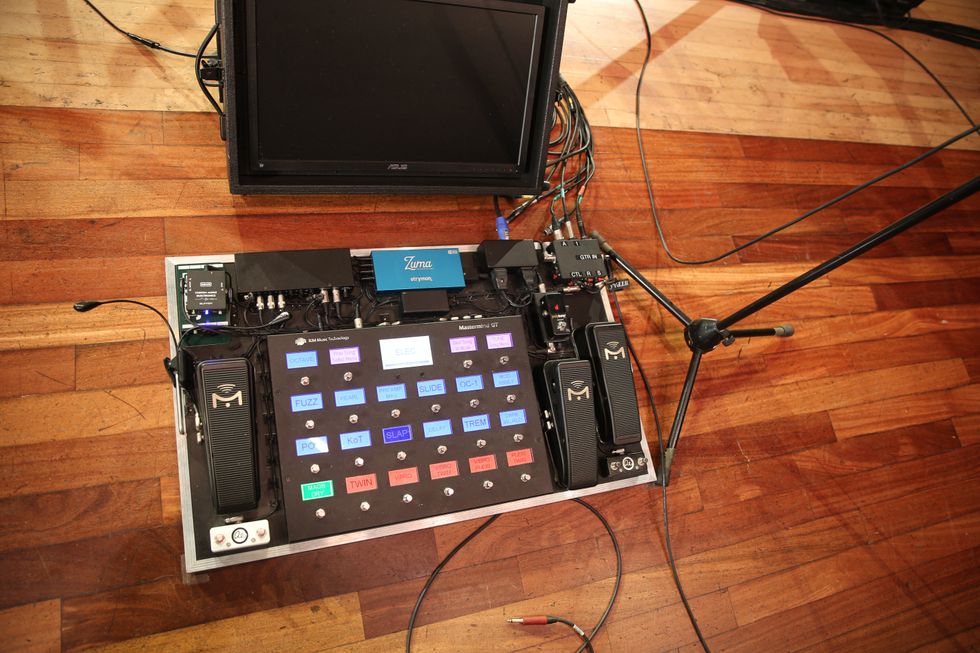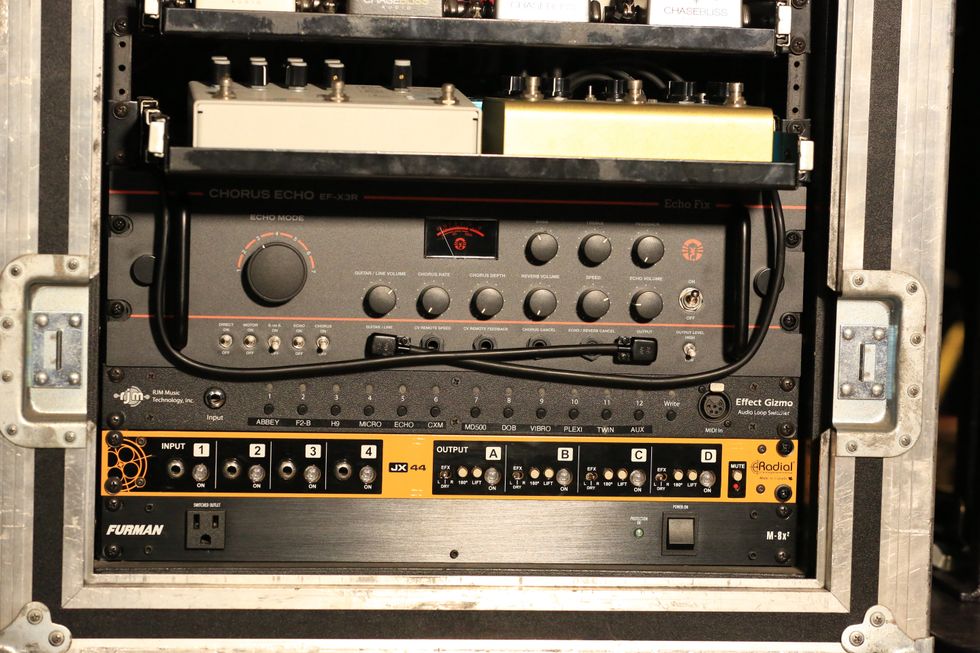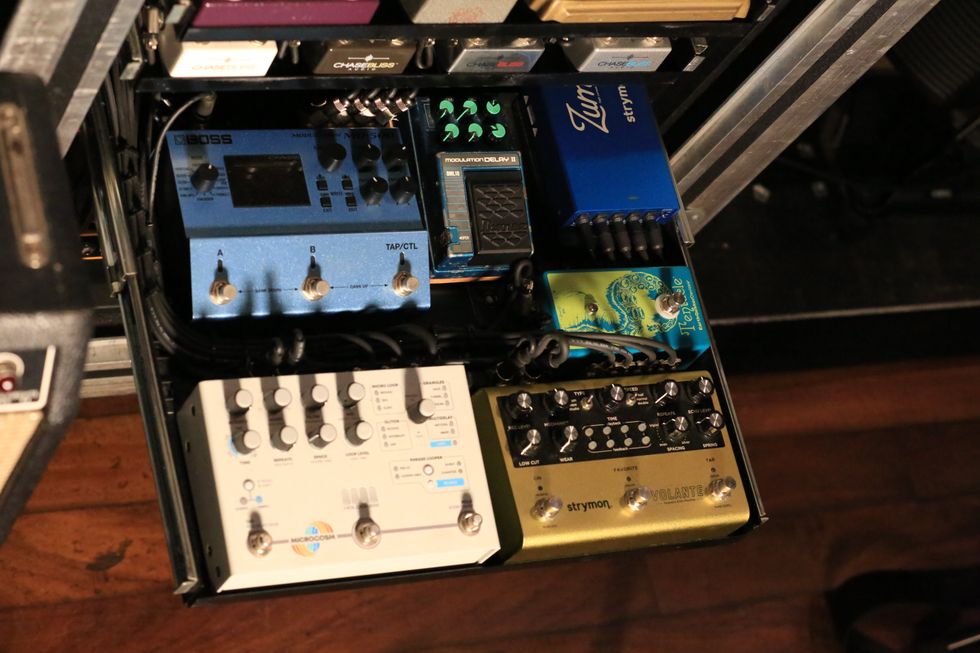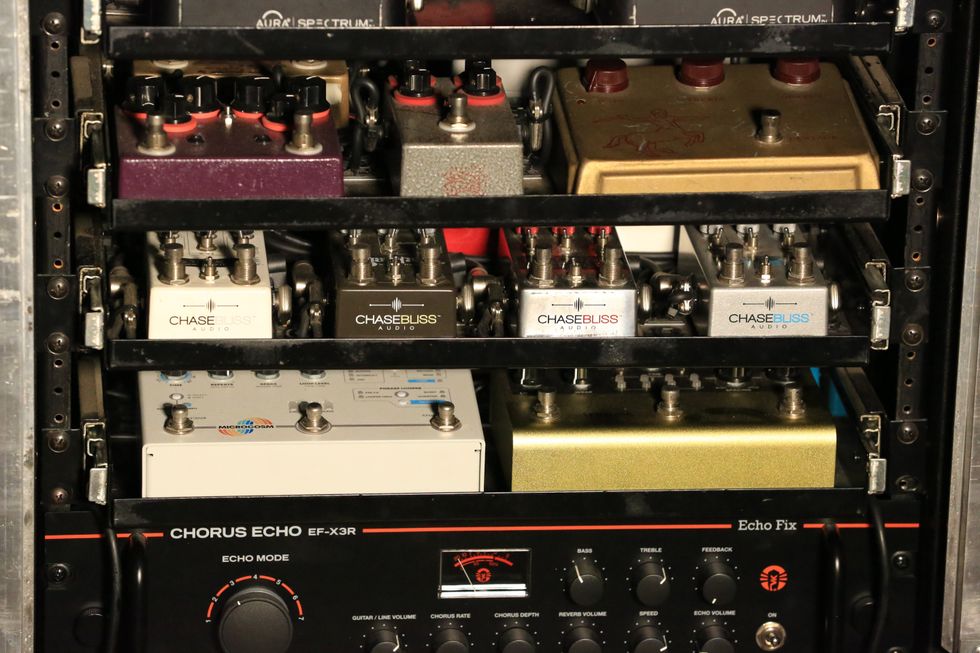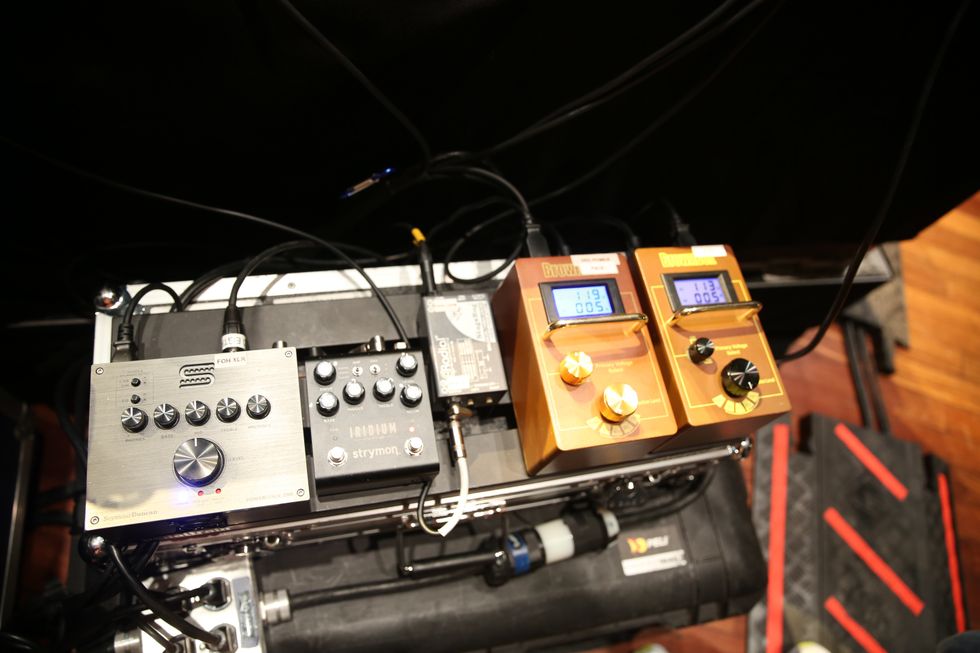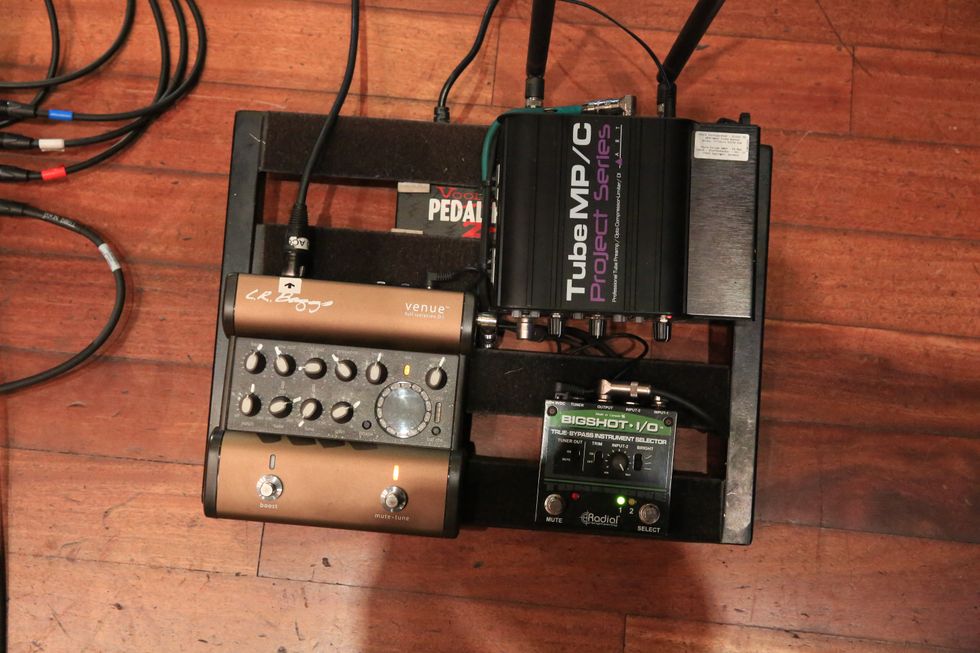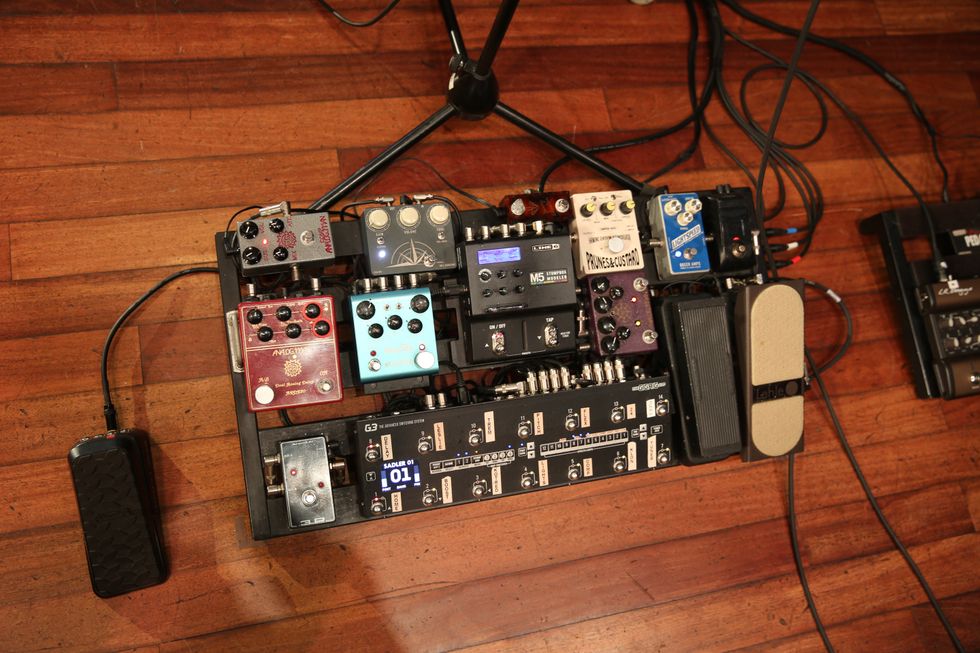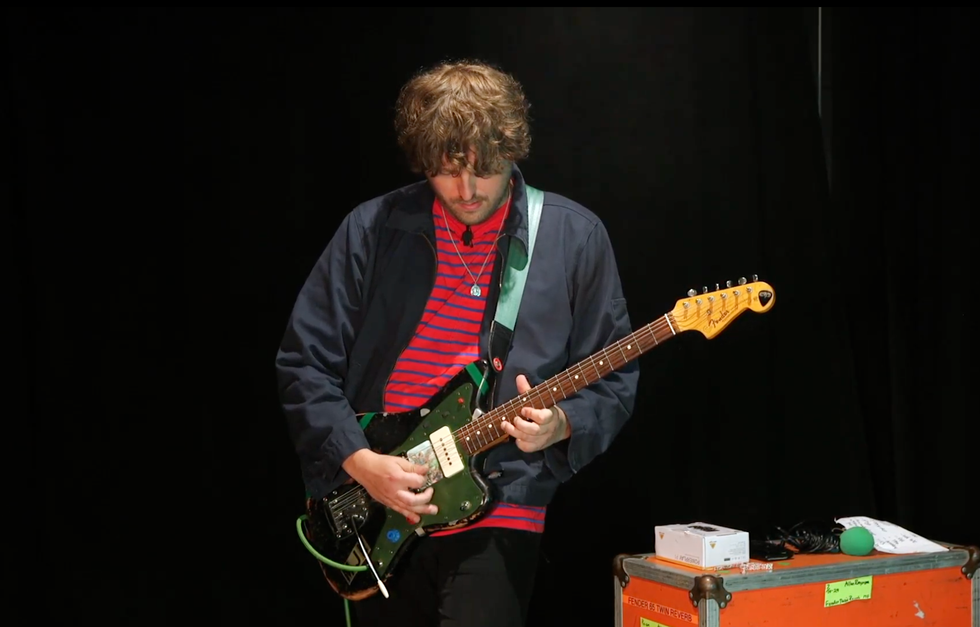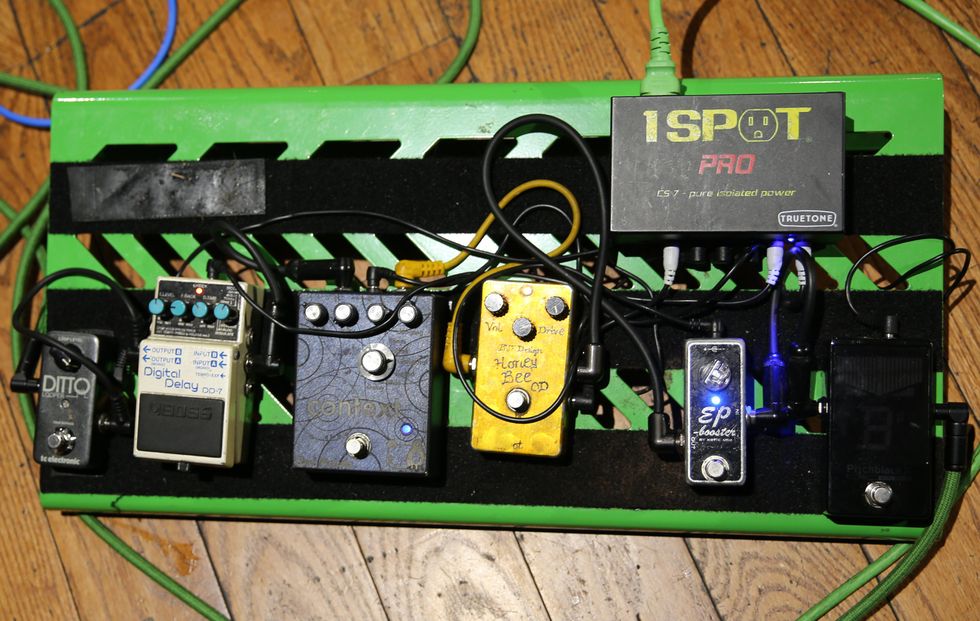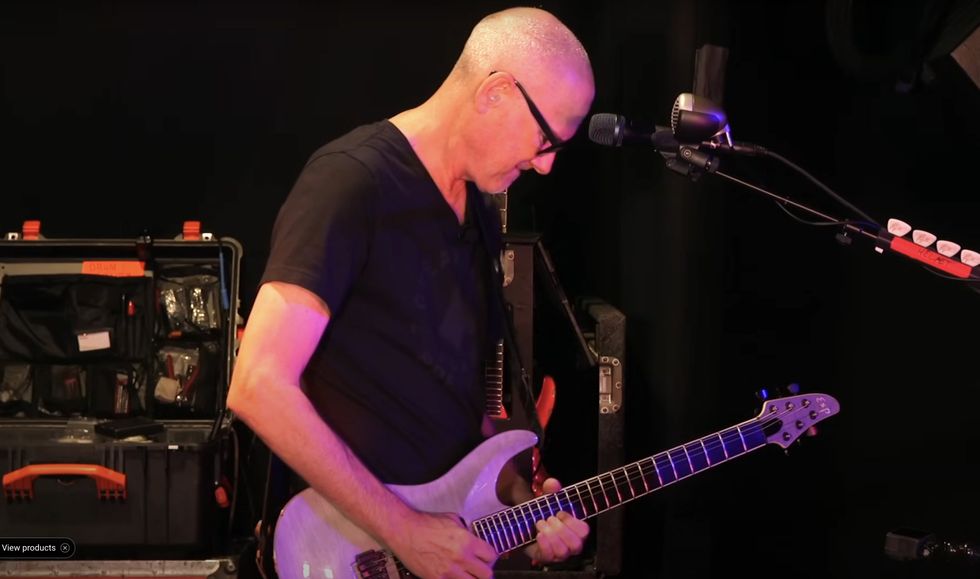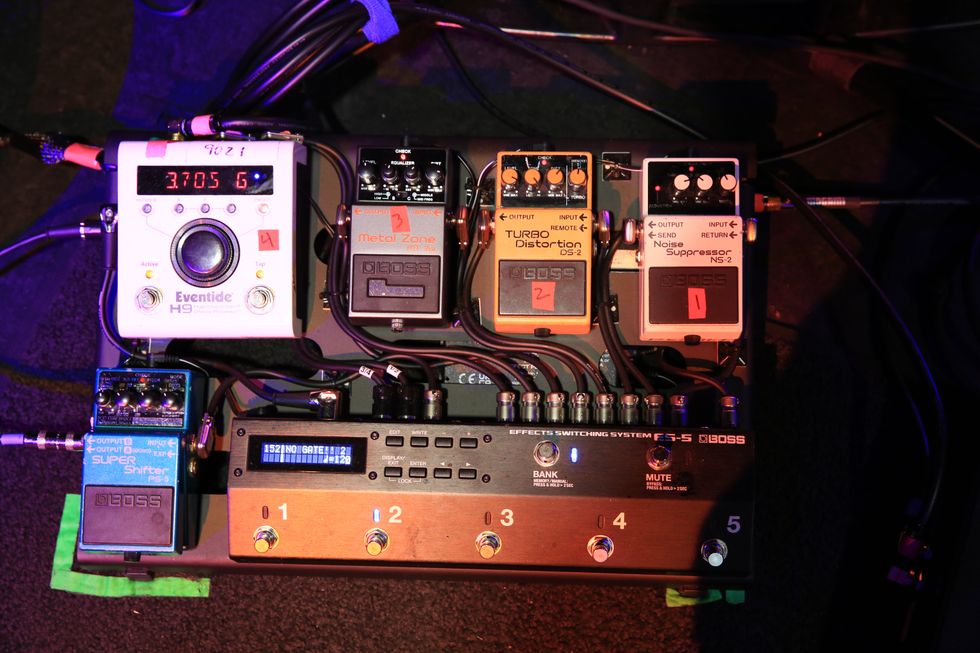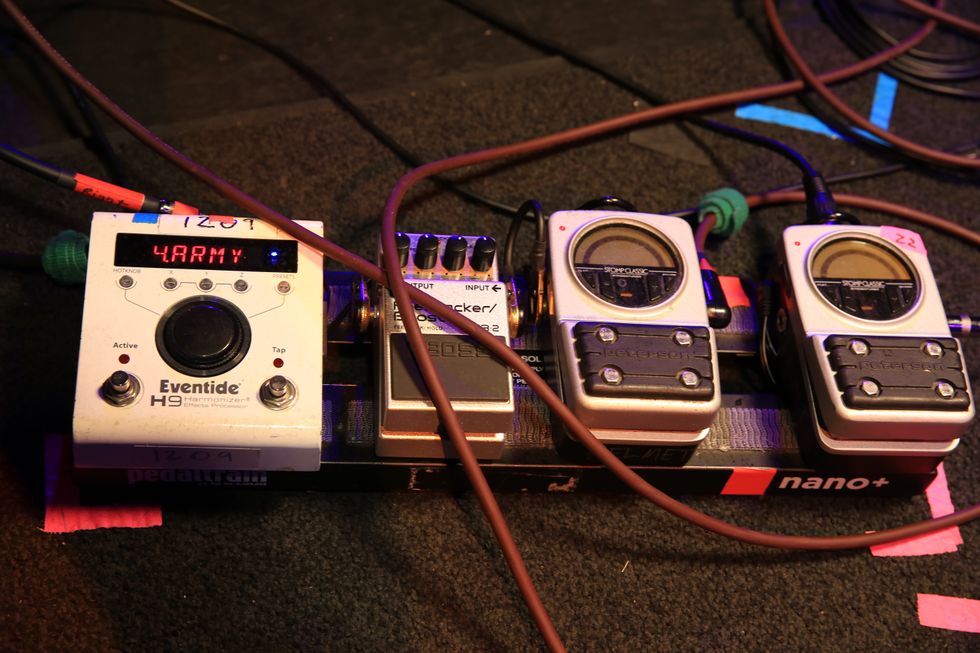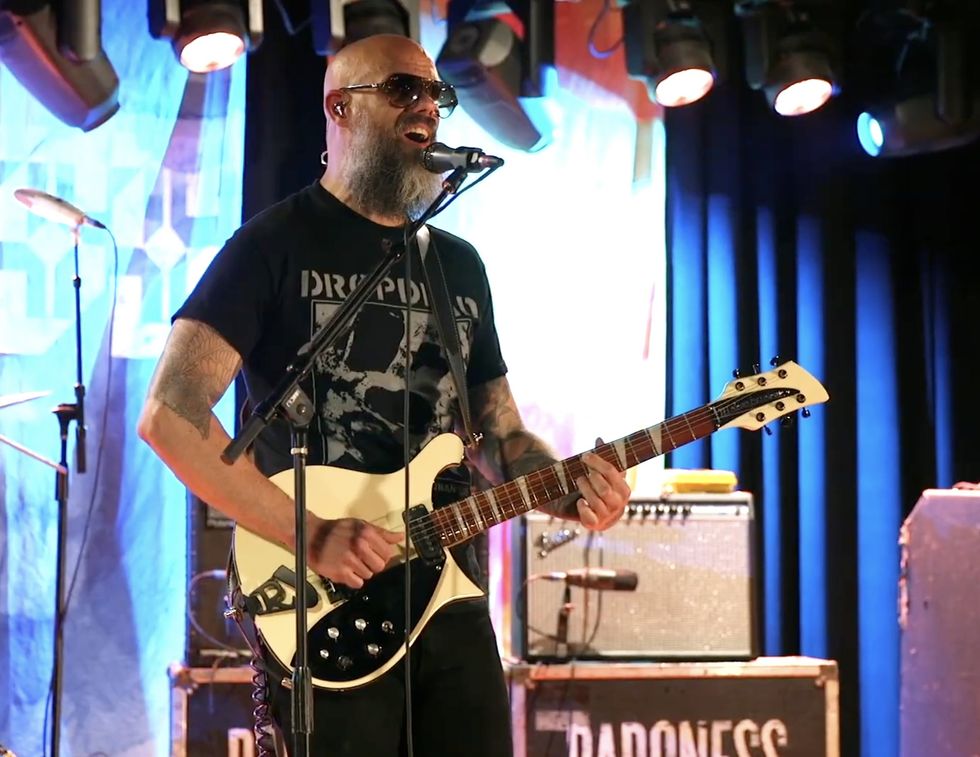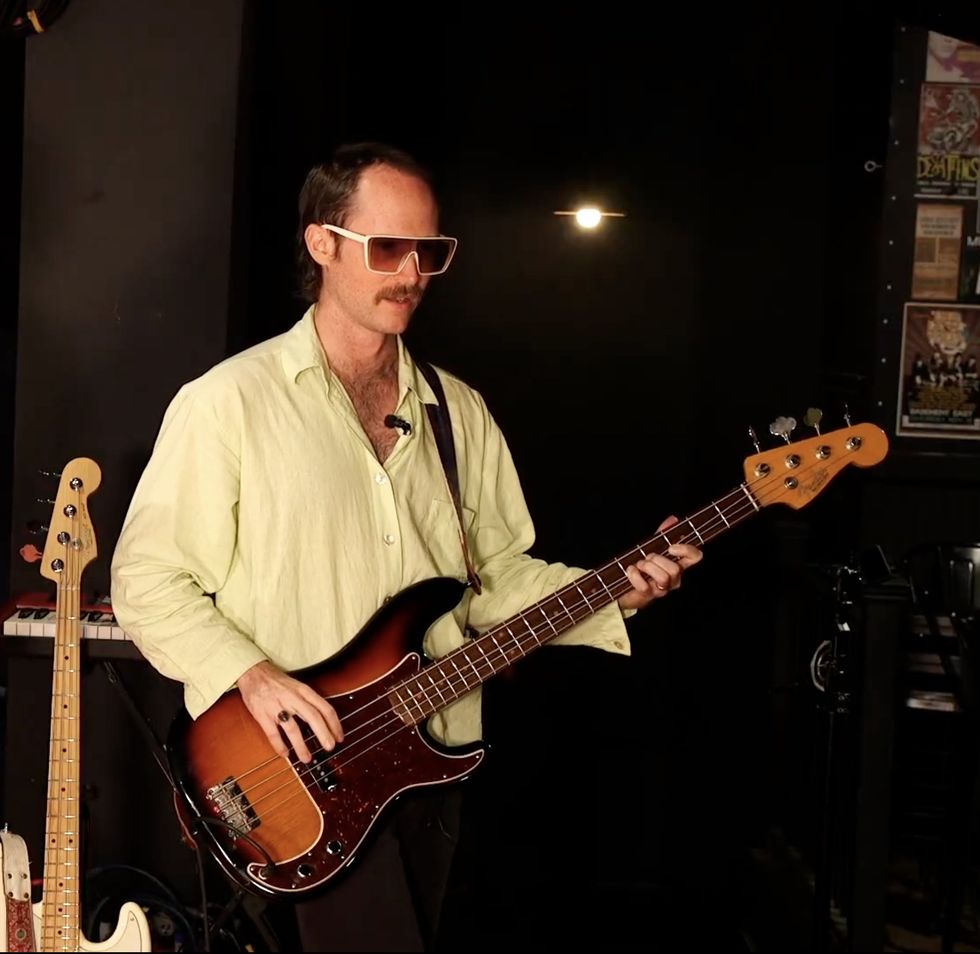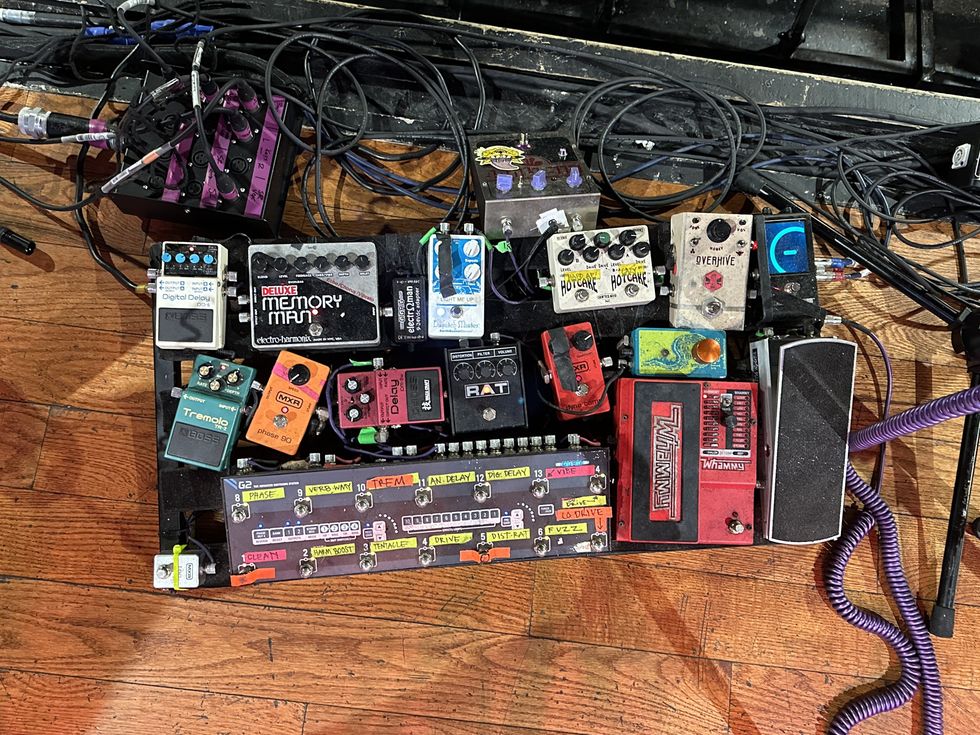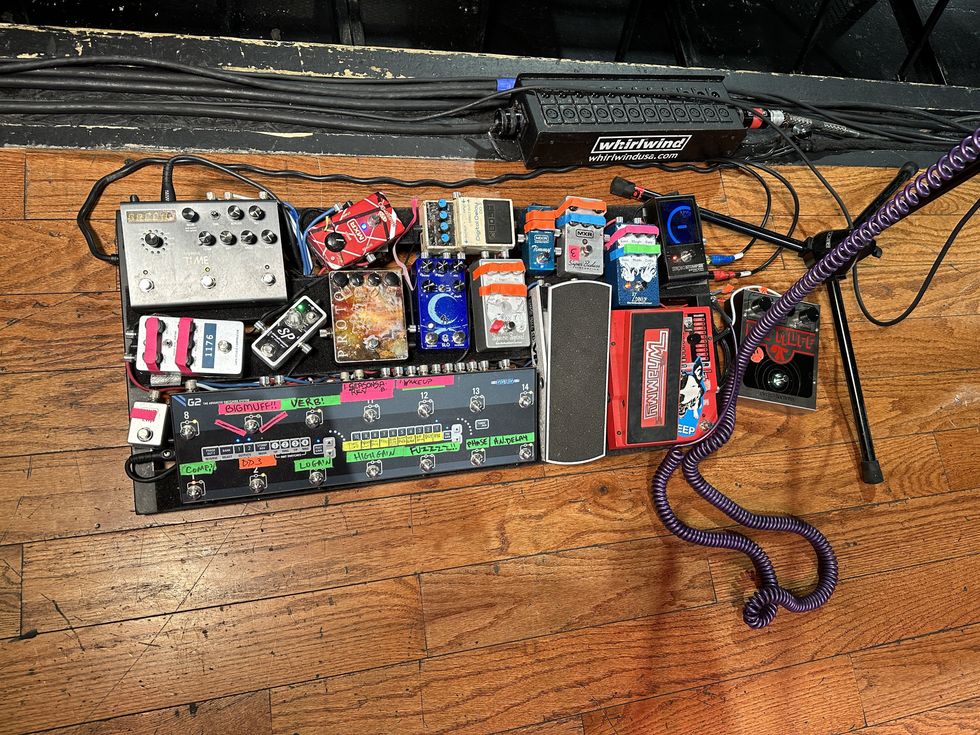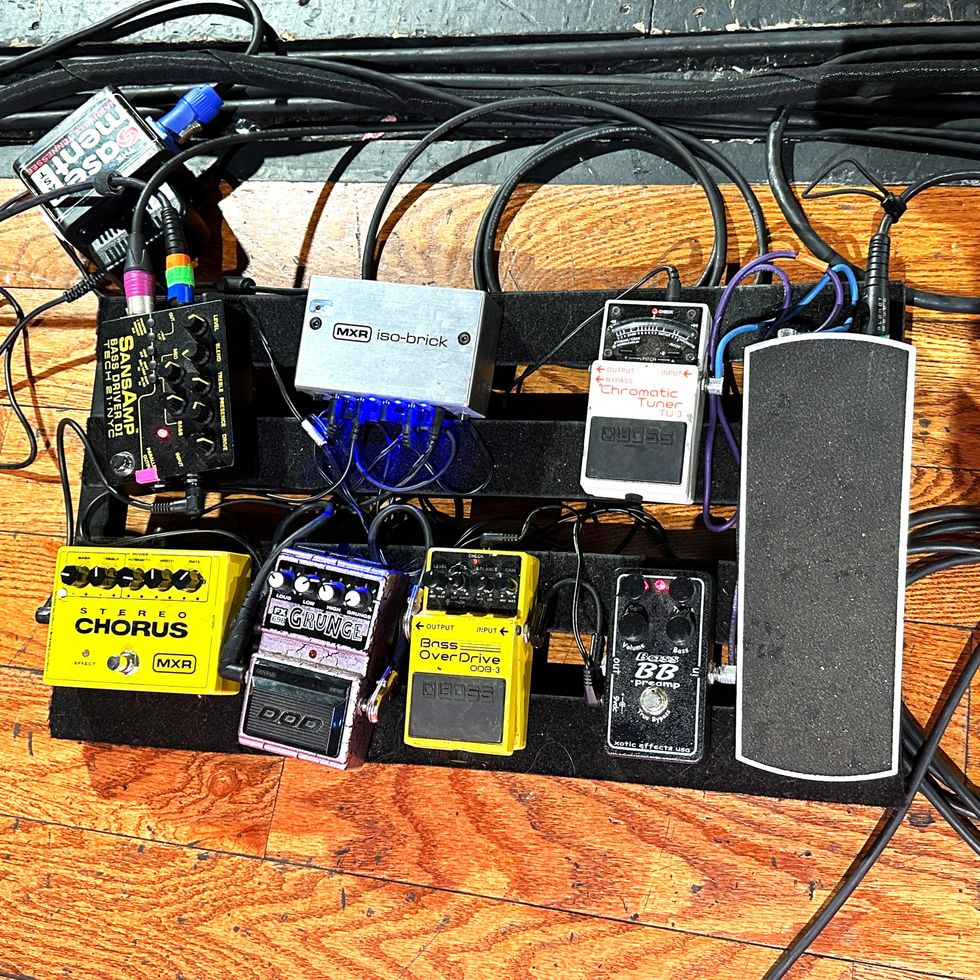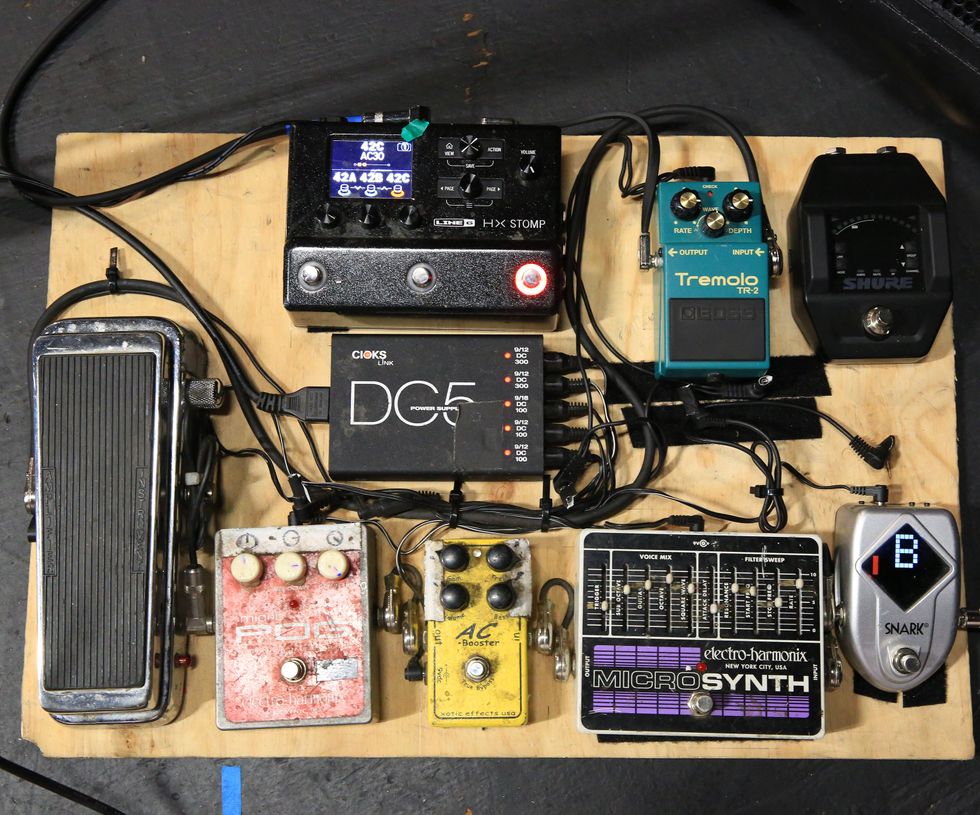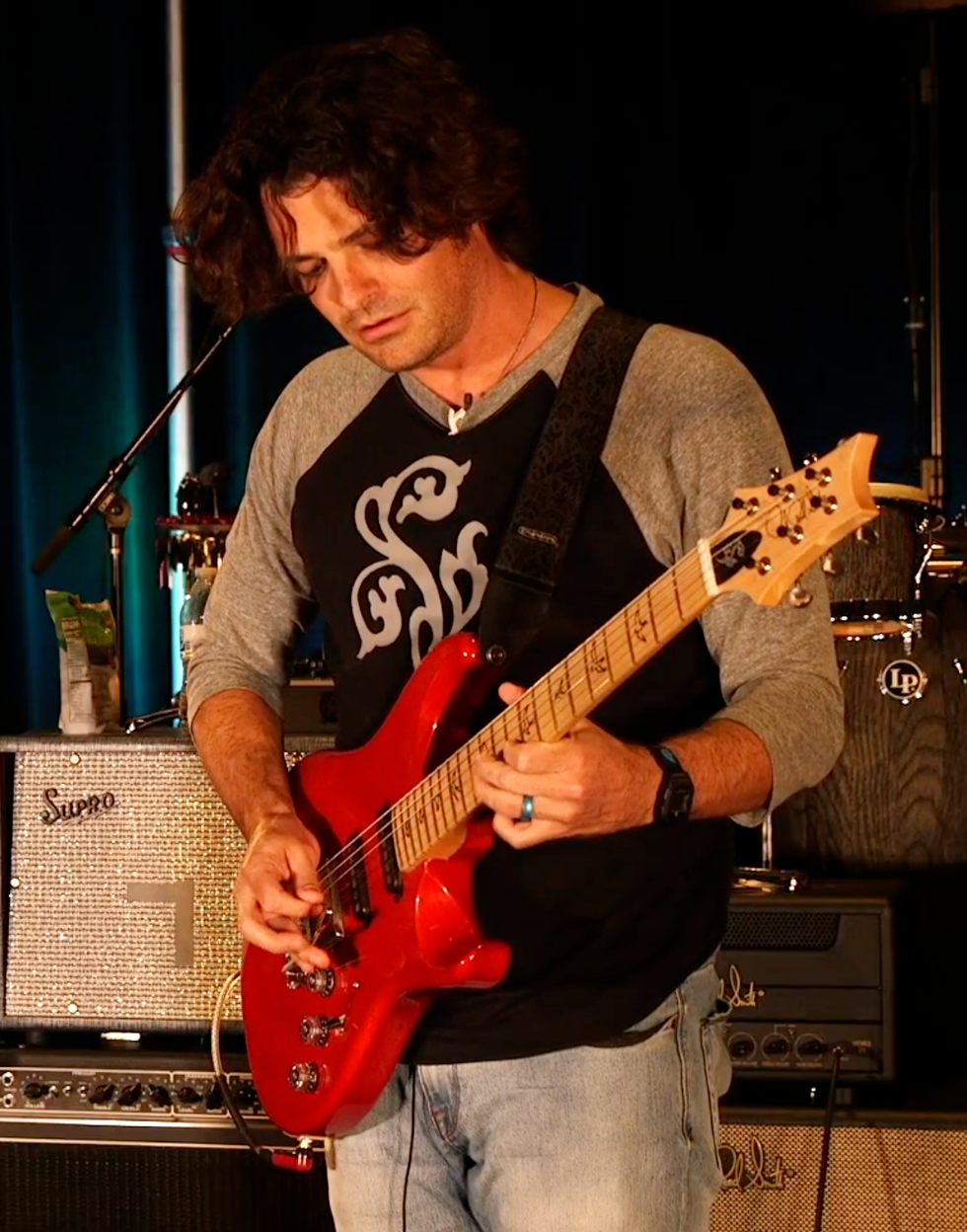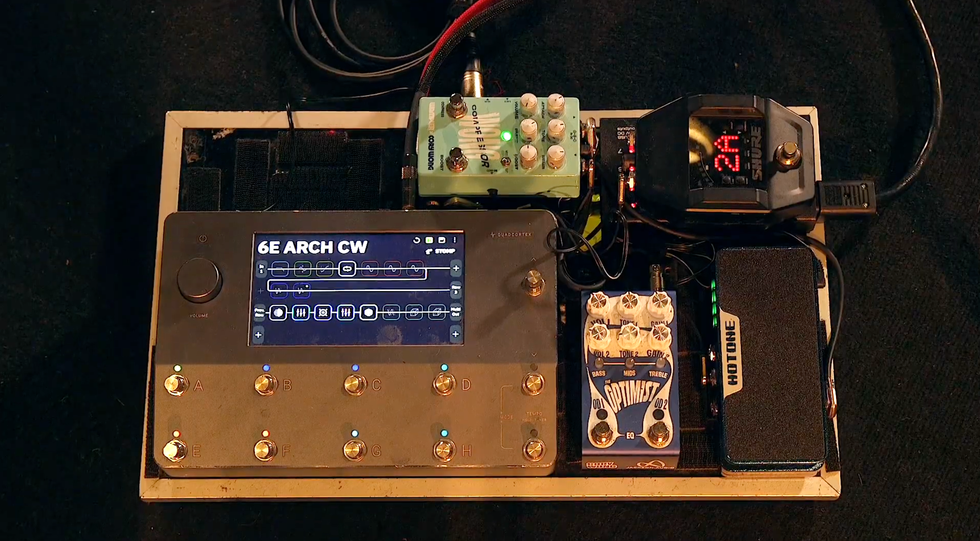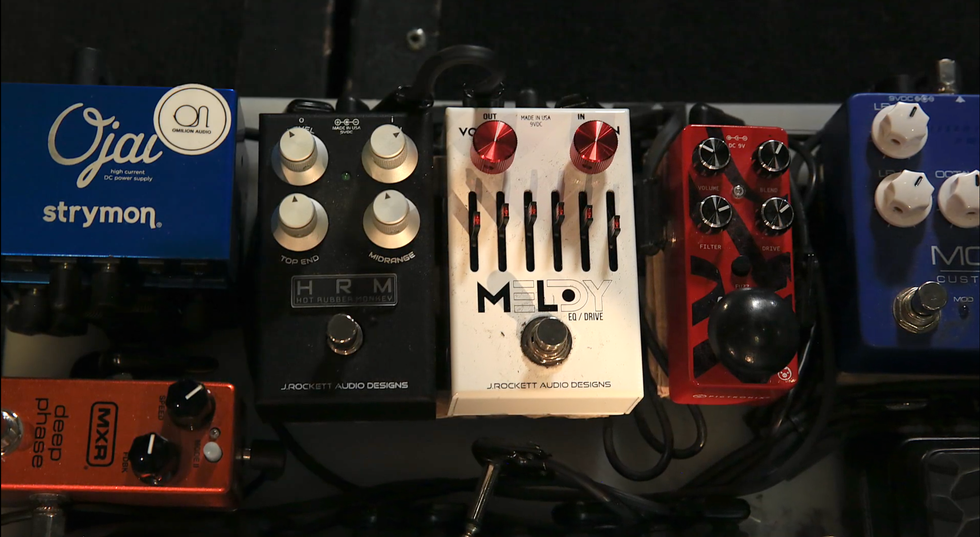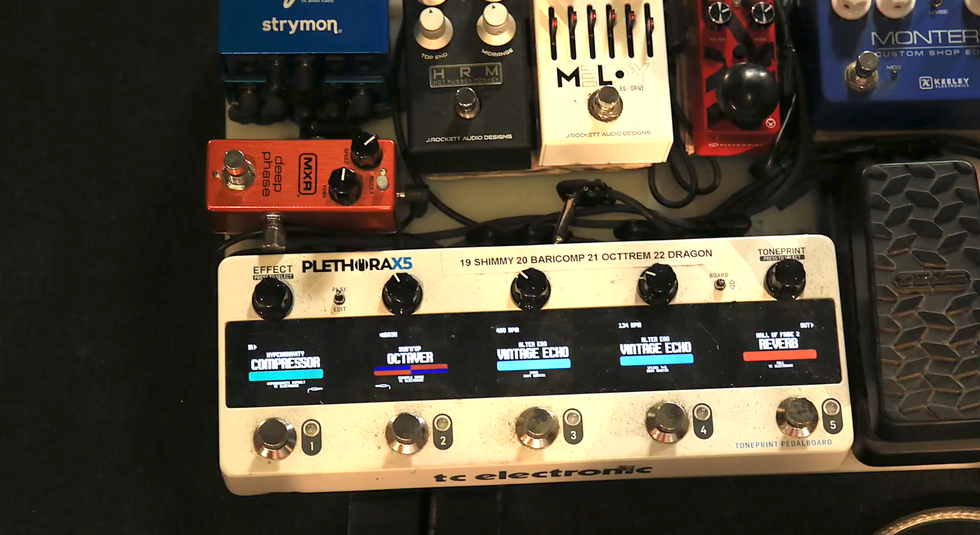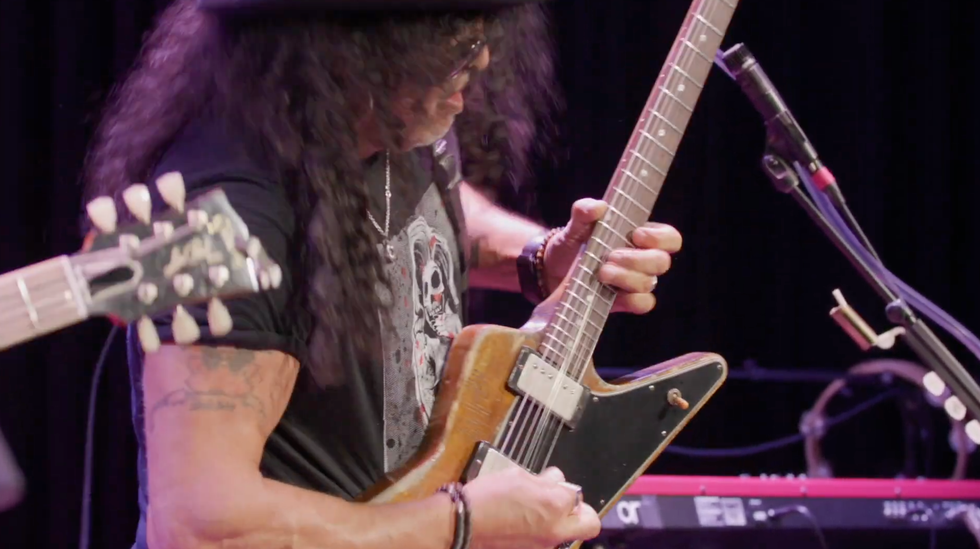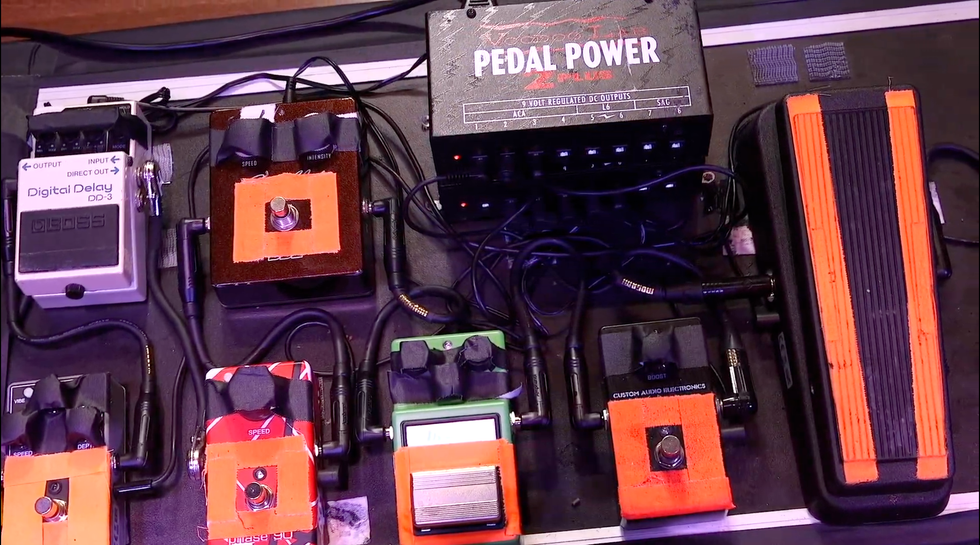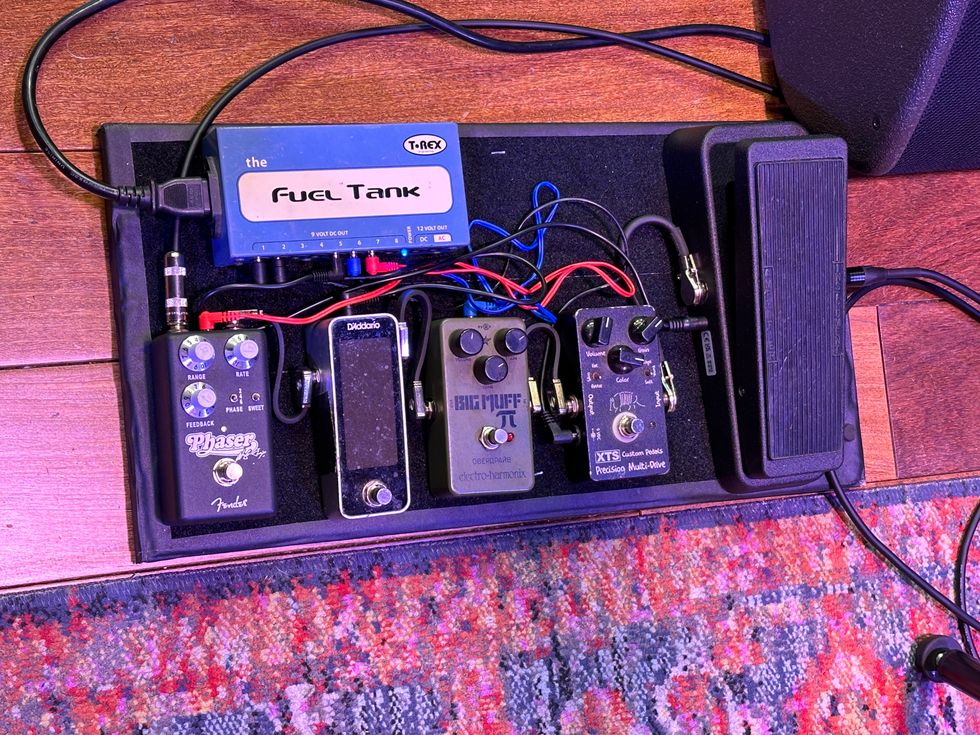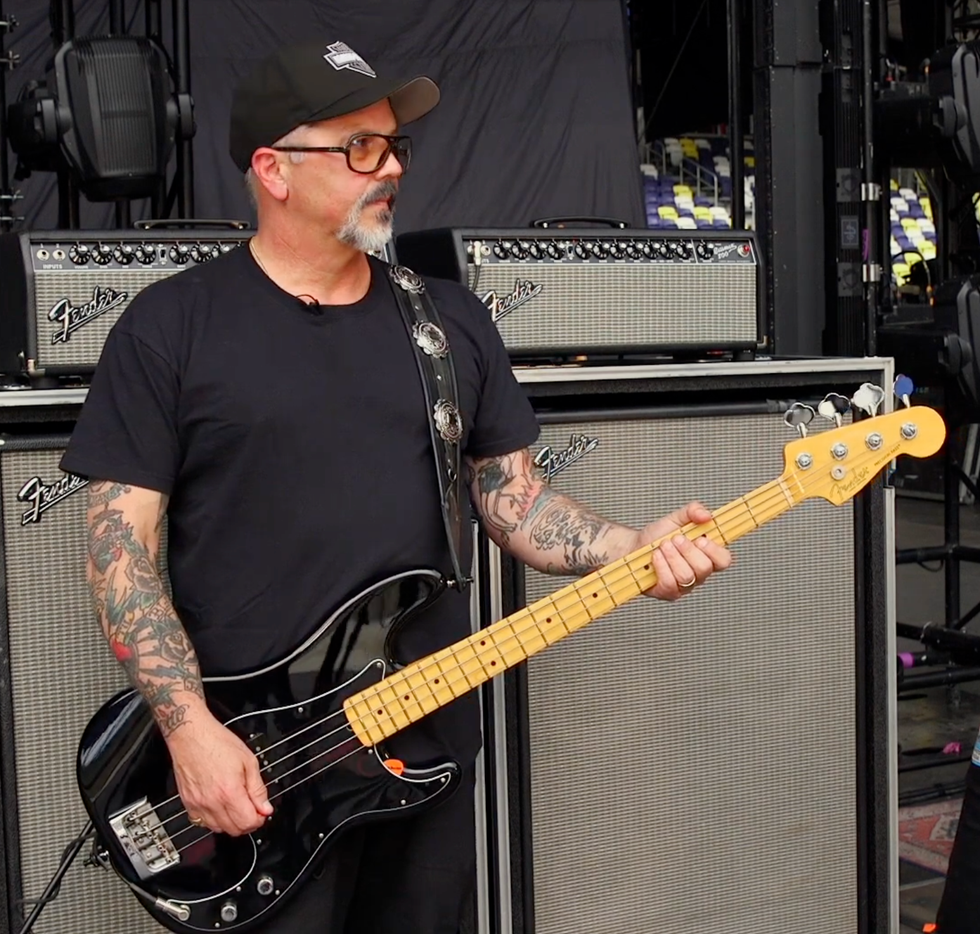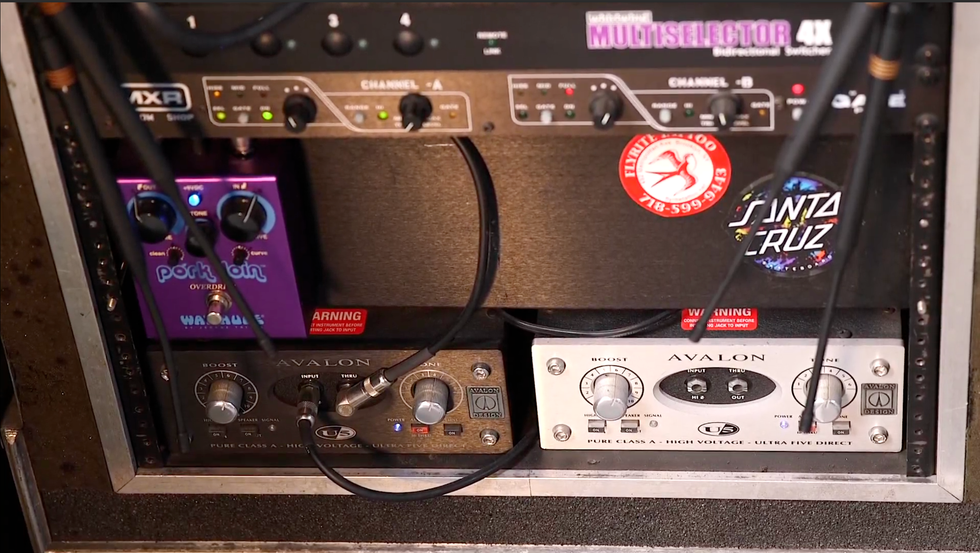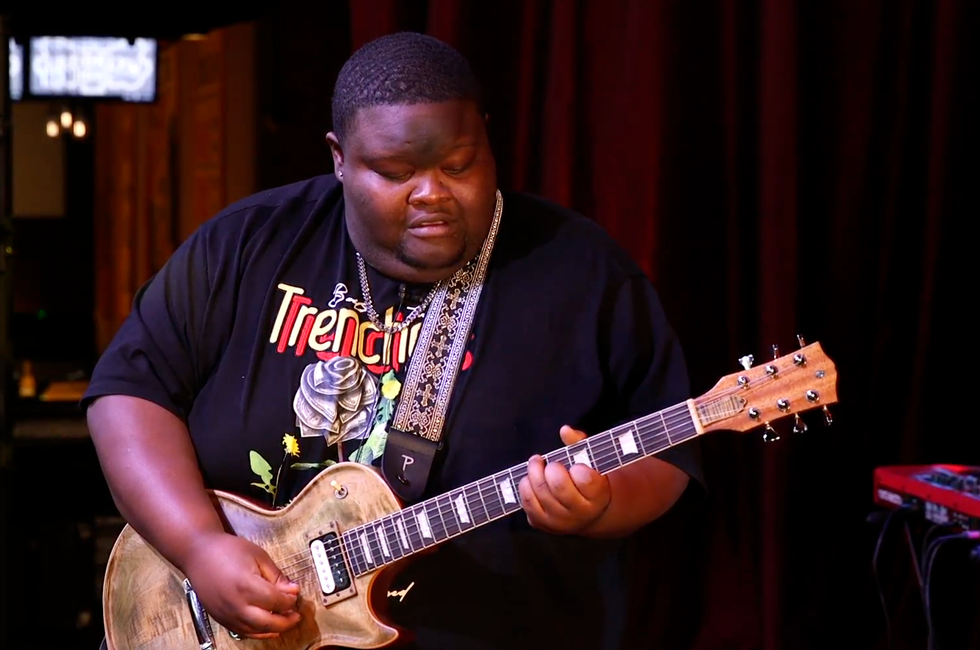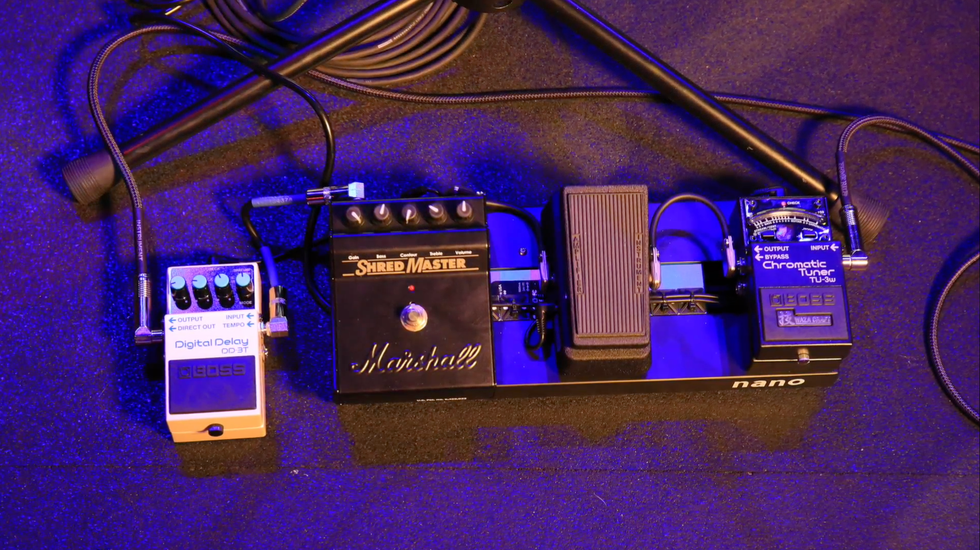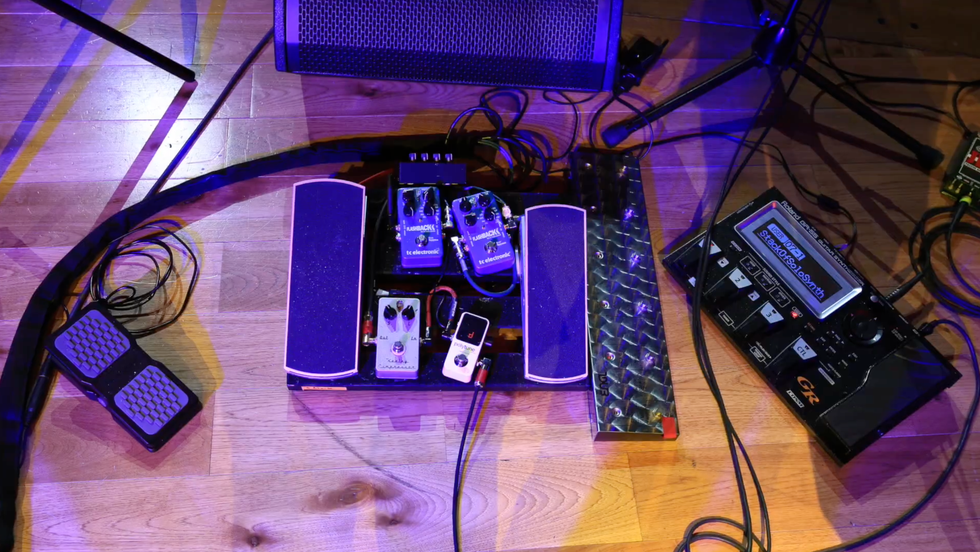Stevensville, MD (November 12, 2014) -- In 1985, while the world was focused on the birth of the first .com, a new computer operating system called Windows and “Live Aid” concerts for famine relief, an Annapolis, Maryland guitar repairman that had been steadily making a name for himself by building and fixing guitars decided to take a bold step by creating his own namesake guitar manufacturing company called Paul Reed Smith Guitars. Three decades later, Paul Reed Smith Guitars has risen to become the #3 US electric guitar manufacturer with instruments played by musicians and bands as diverse as Carlos Santana, Periphery, Blake Shelton, Alter Bridge and John Hyatt, to name a few.
PRS Guitars’ approach to manufacturing, still guided by its founder Paul Reed Smith, has maintained a consistent focus: design and create the best instruments possible using the finest materials available including beautifully figured tone woods, proprietary electronics, and patented processes. These instruments, considered collector’s items, stage necessities and amateur guitarists’ go-to instruments are sold in more than eighty countries worldwide through authorized dealers and distributors.
"Since day one it has been our goal to craft the finest guitars and amplifiers possible and I’m extremely proud of what we’ve achieved over the last 30 years," stated Paul Reed Smith. “But it doesn’t stop here. We will continue our journey, keeping the best of what we’ve learned while experimenting with new advancements and features.”
Honored to celebrate their landmark anniversary and their pursuit of excellence, PRS is offering a series of 30th Anniversary Custom 24 guitar models in each of their electric guitar product families including the US-made Private Stock, the distinguished US-made Core line, the vintage-inspired US-made S2 and the PRS designed SE guitar, each incorporating the visionary design and masterful craftsmanship that has become synonymous with the brand.
The US-made 30th Anniversary Custom 24 core model is a prime example of how Paul and the craftsmen at PRS keep focused on providing the best possible instruments for guitar players and guitar enthusiasts. Based on PRS’ iconic, top-selling model, the 30th Anniversary Custom 24 features a highly figured maple top with mahogany back, a 25” scale length, 24 fret mahogany neck and PRS’s patented tremolo system with locking tuners which enhance the playability and feel of the guitar. The alluring carved body shape of the 30th Anniversary Custom 24 is available in 18 finish colors that deliver a delicious depth to the natural wood grain with colors such as Blood Orange, Jade, and Vintage Sunburst.PRS 30th Anniversary bird inlays on a rosewood fretboard further enhance the beauty of the model. PRS’s new 85/15 treble and bass pickups come standard with a 5-way blade switch and volume and tone controls, providing exceptional clarity and a killer versatile voice.
The complete line-up of 30th Anniversary models:
- Private Stock 30th Anniversary Custom 24
- Artist Package 30th Anniversary Custom 24
- 30th Anniversary Custom 24
- S2 30th Anniversary Custom 24
- SE 30th Anniversary Custom 24
For more information:
PRS
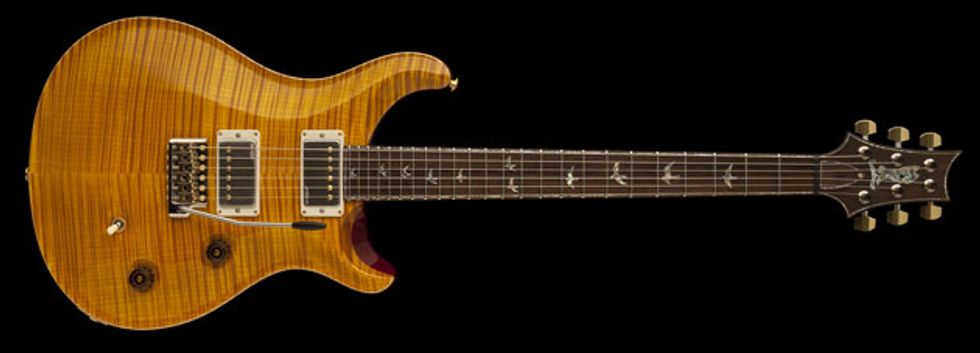
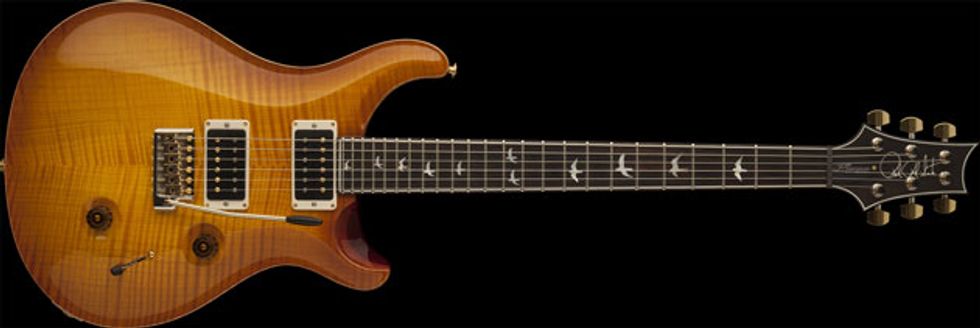
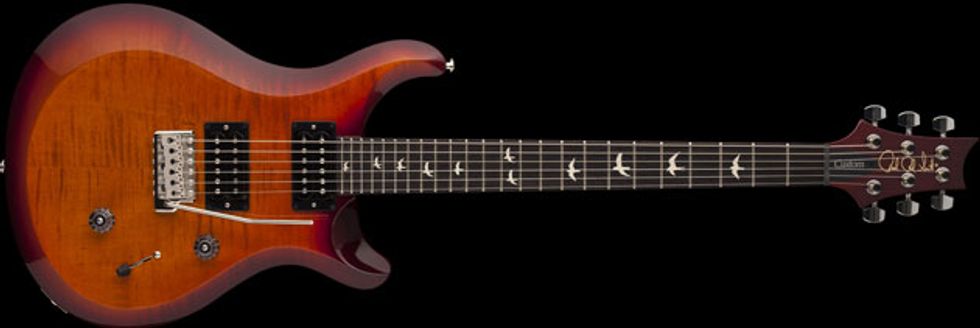
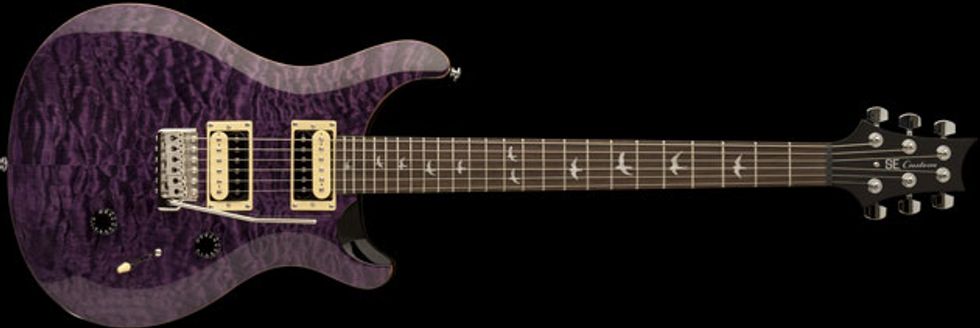
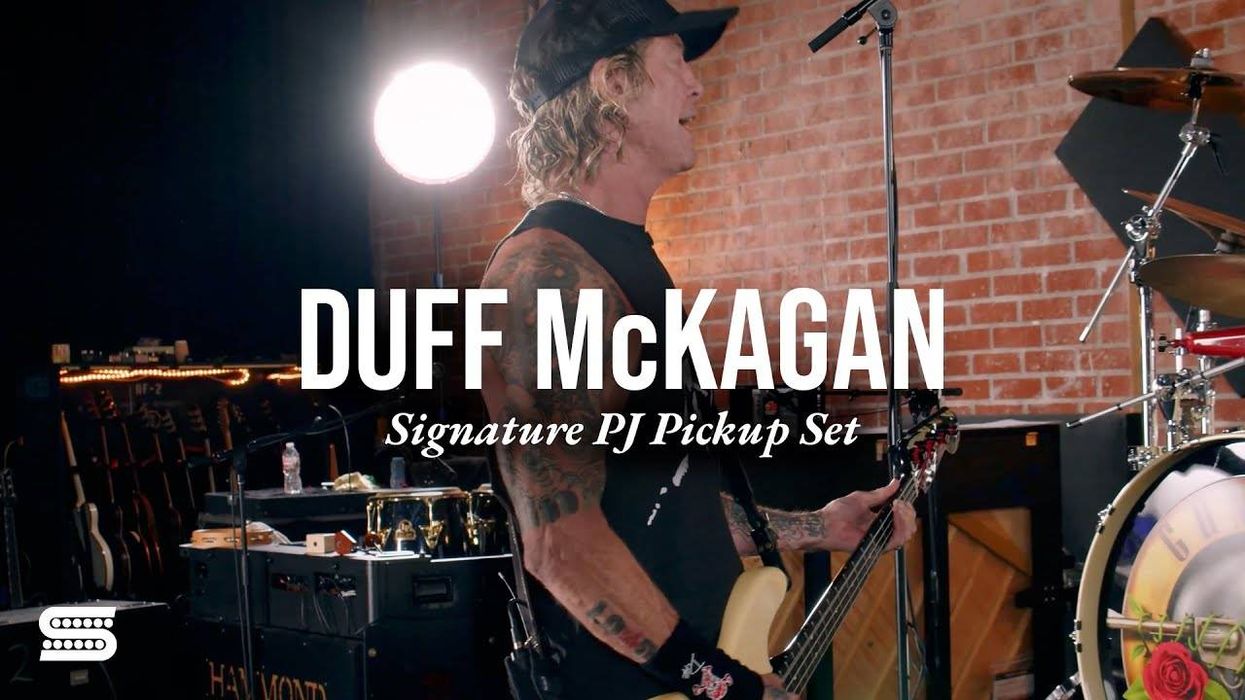


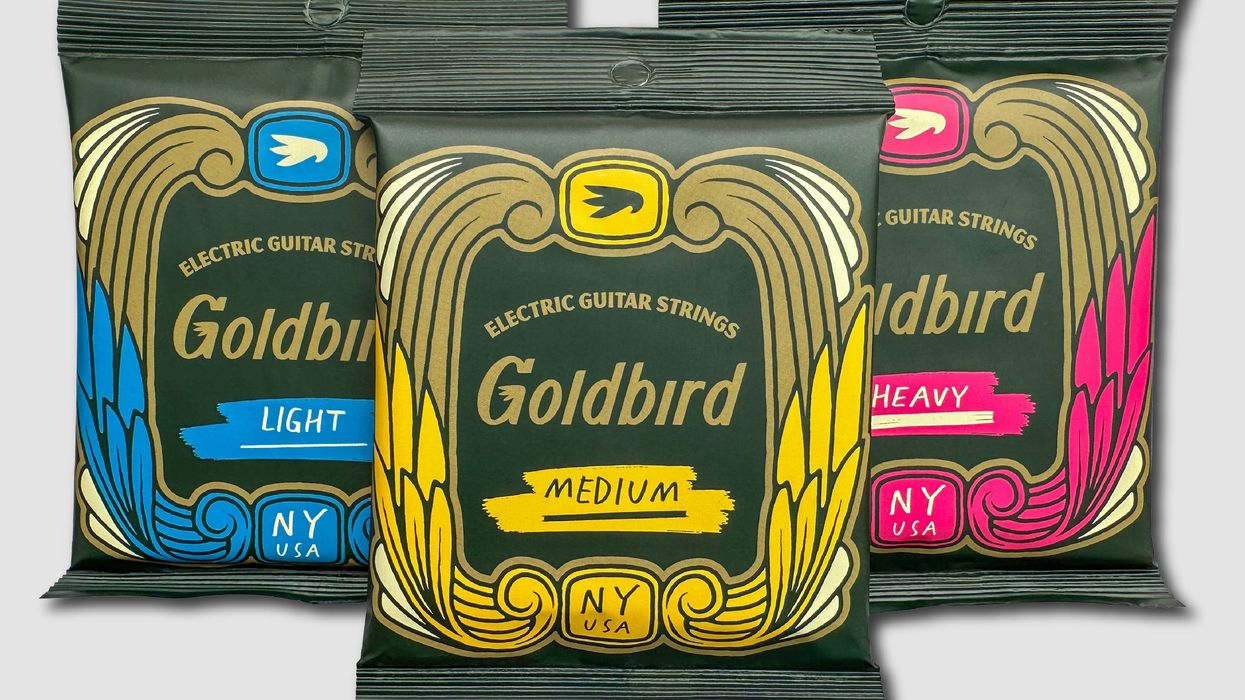



![Devon Eisenbarger [Katy Perry] Rig Rundown](https://www.premierguitar.com/media-library/youtube.jpg?id=61774583&width=1245&height=700&quality=70&coordinates=0%2C0%2C0%2C0)


















